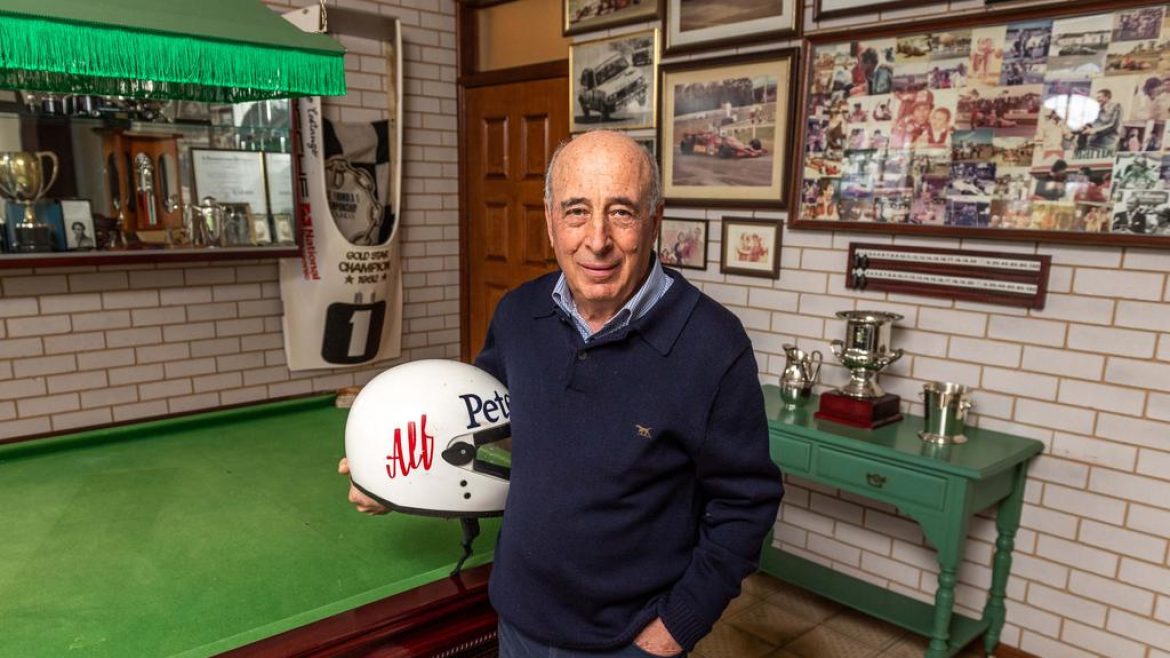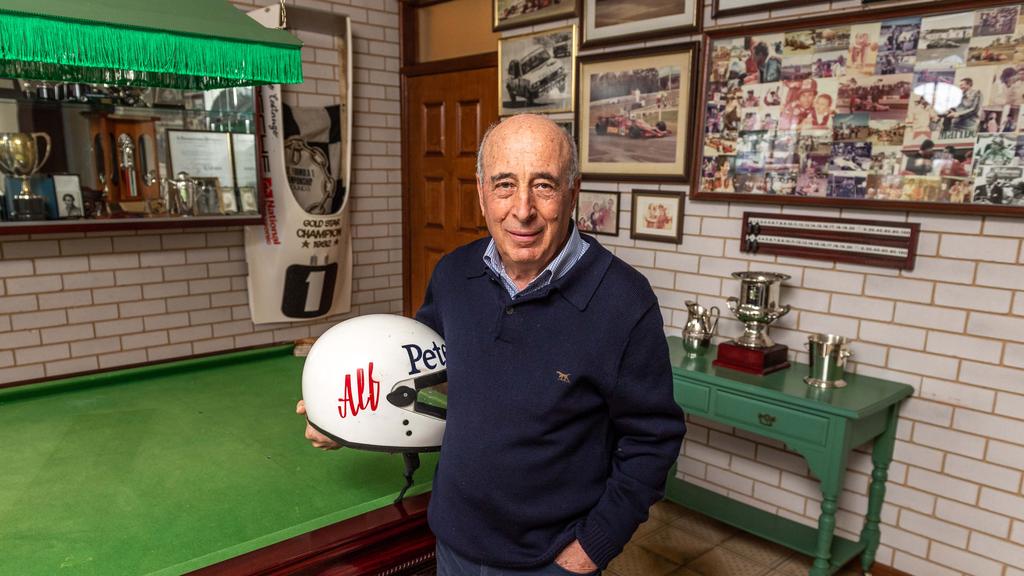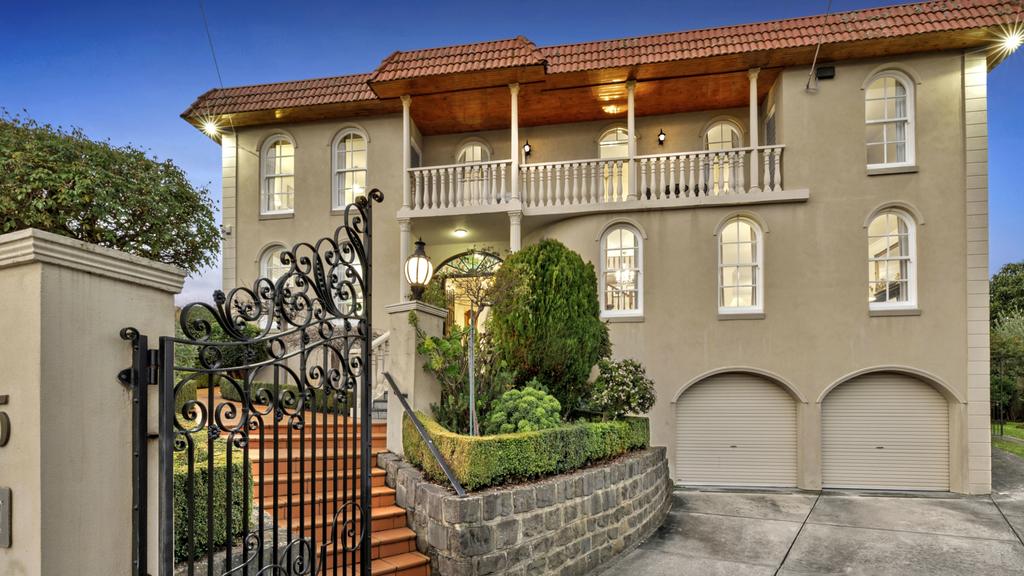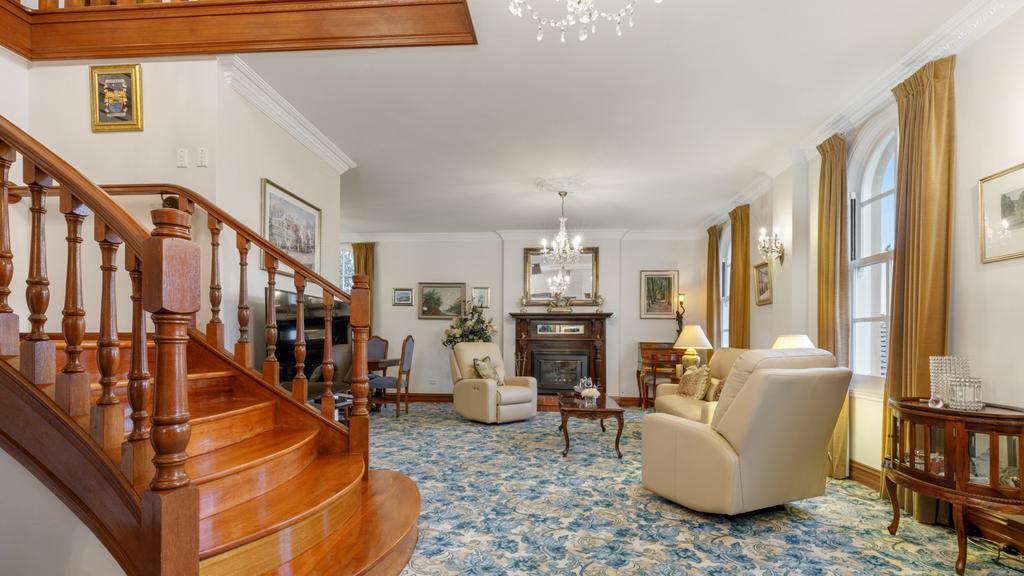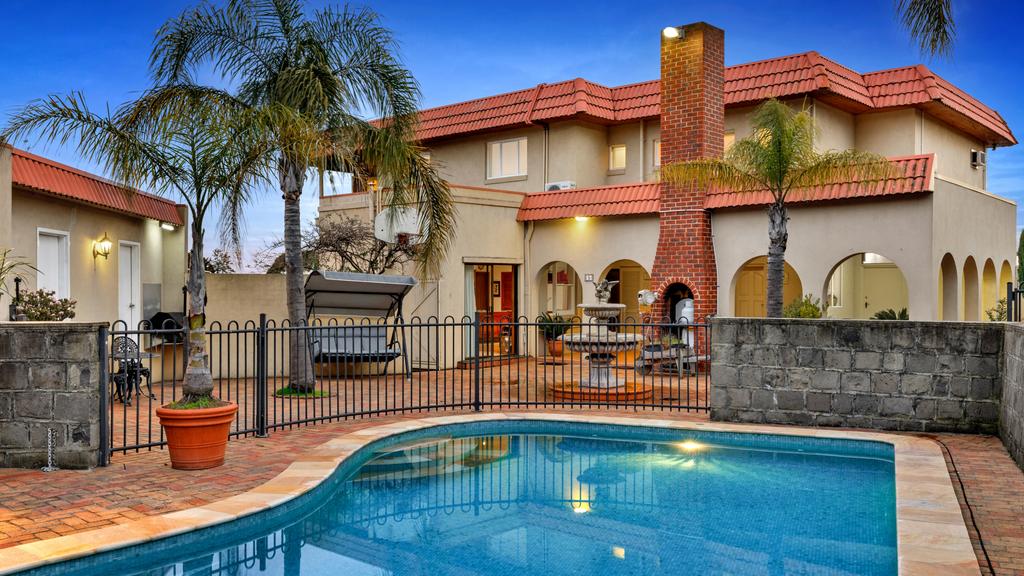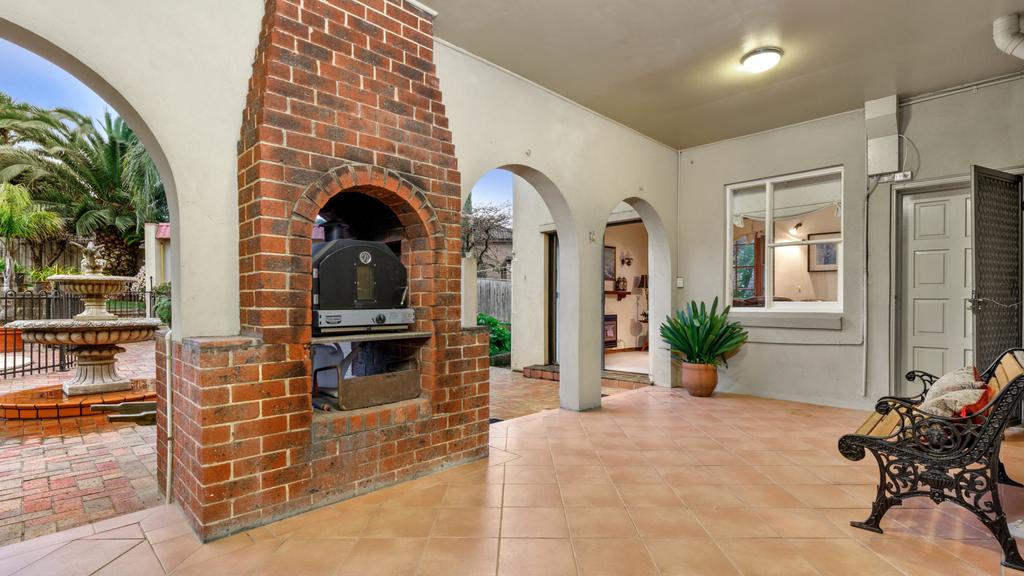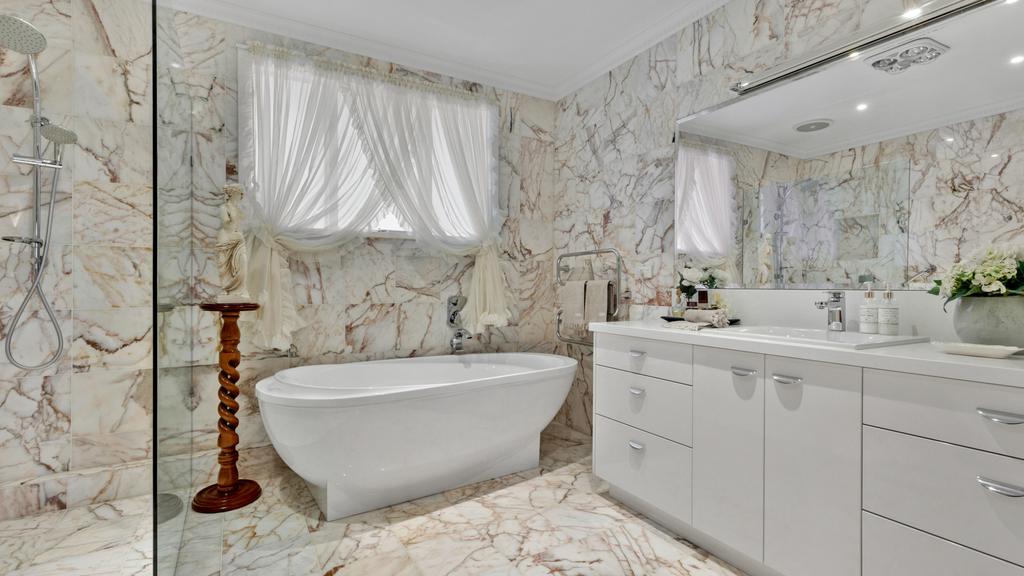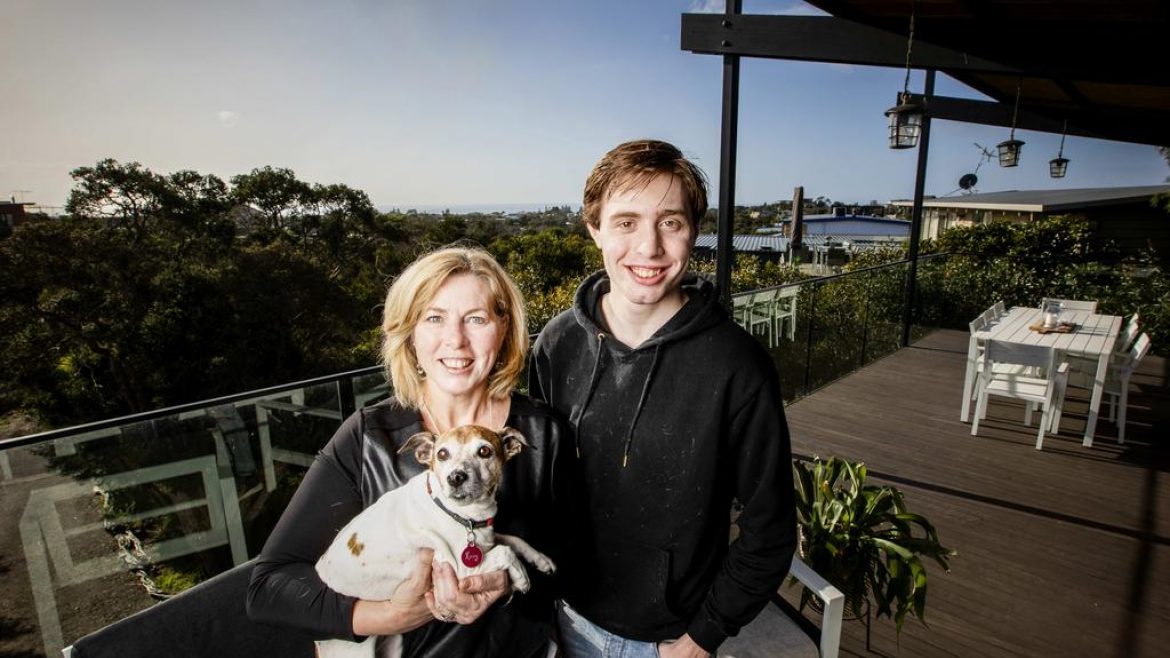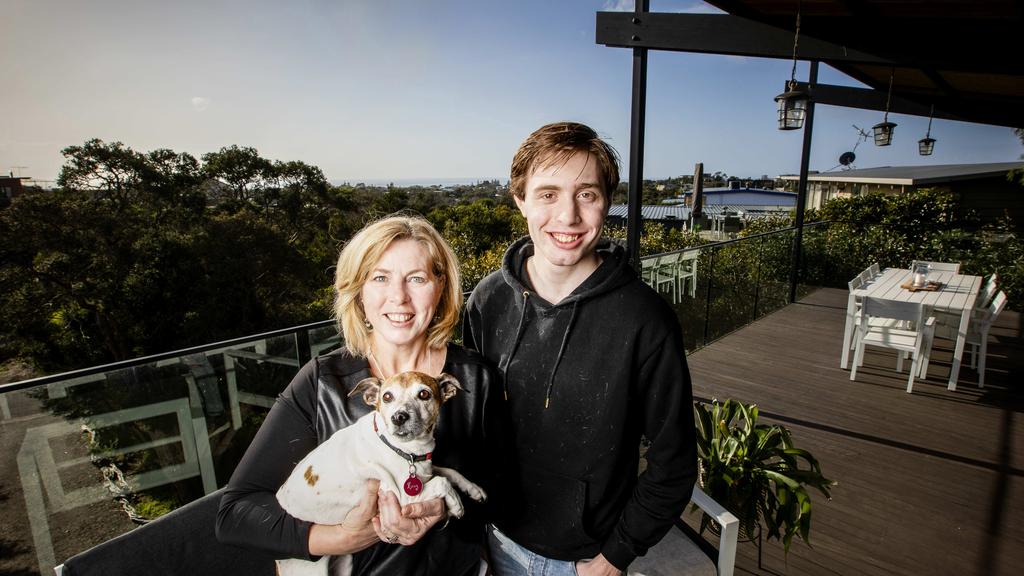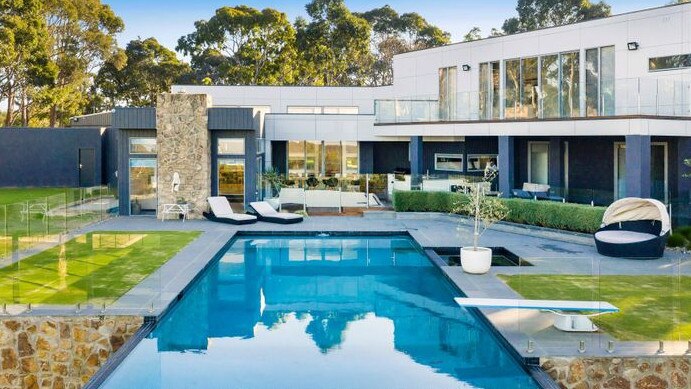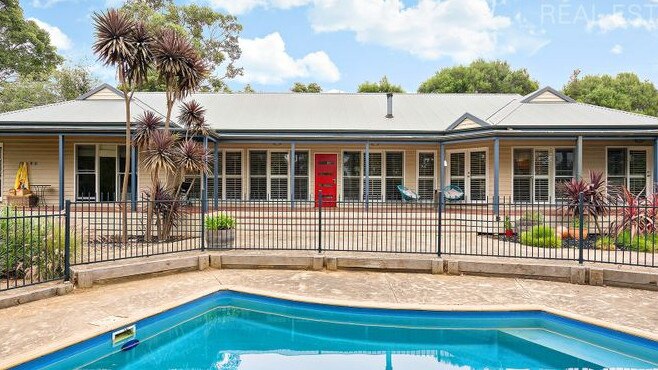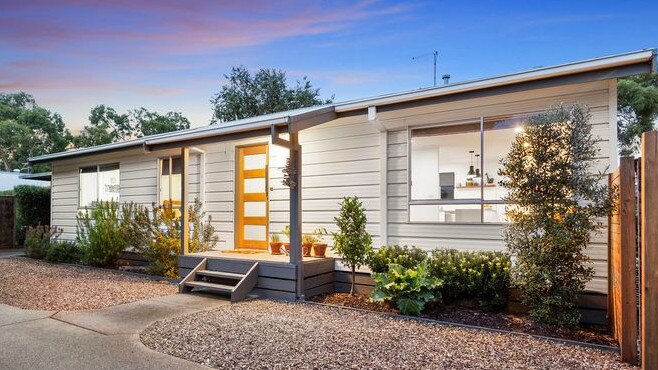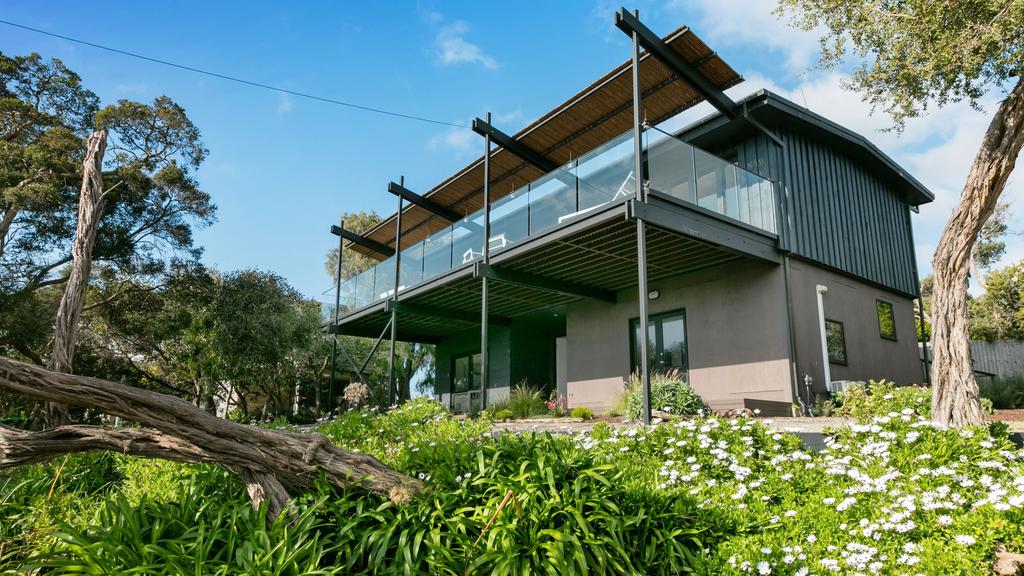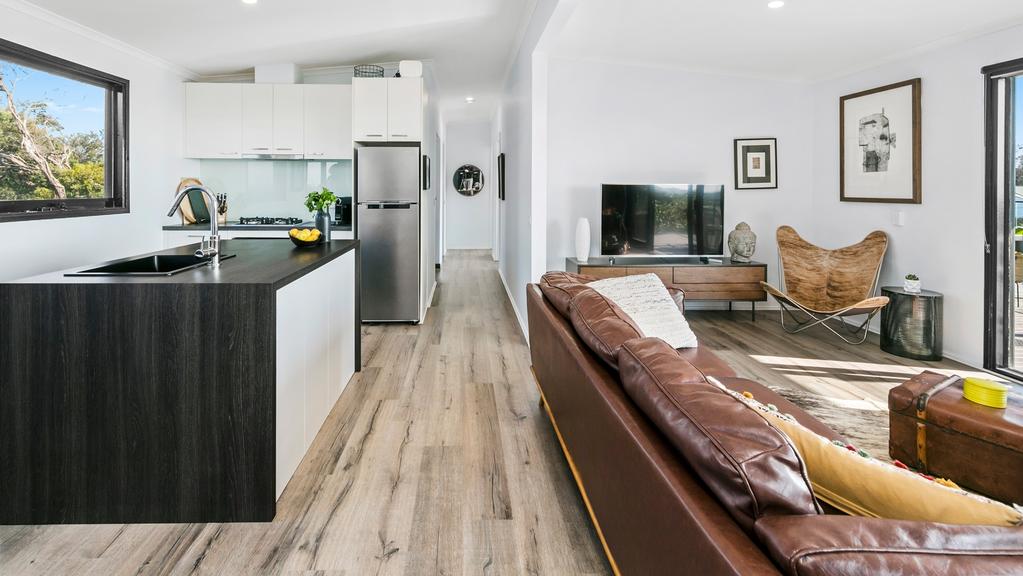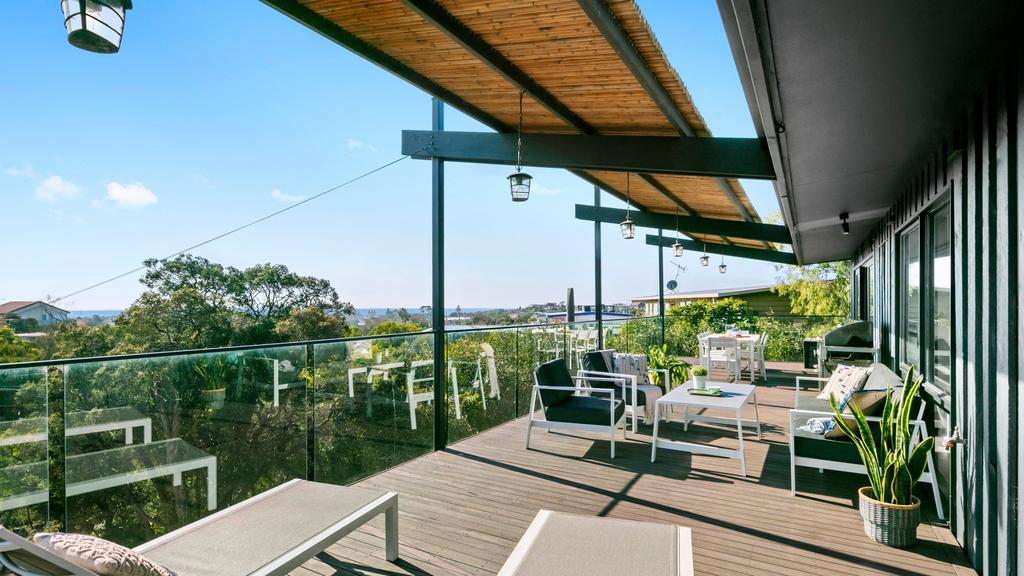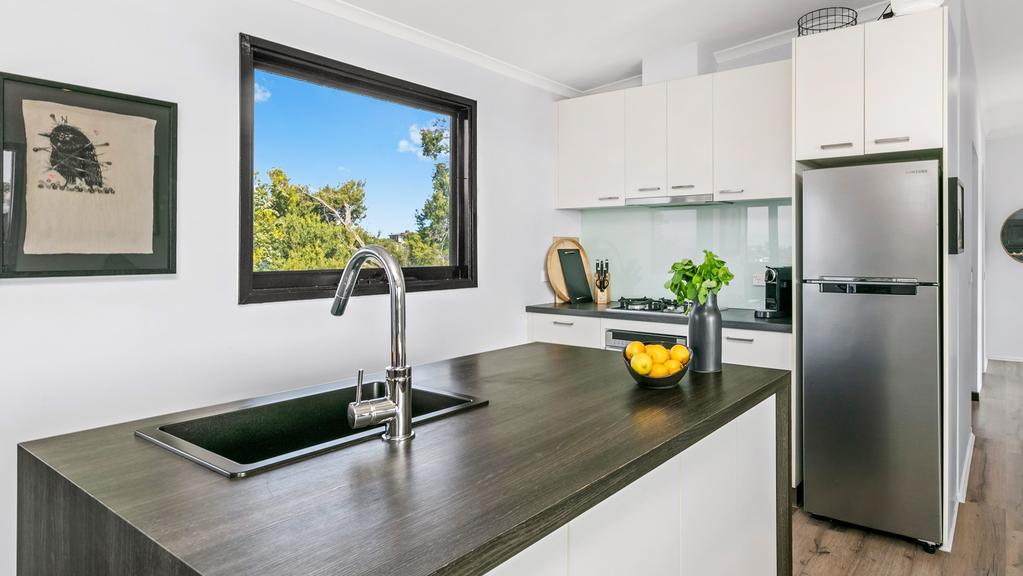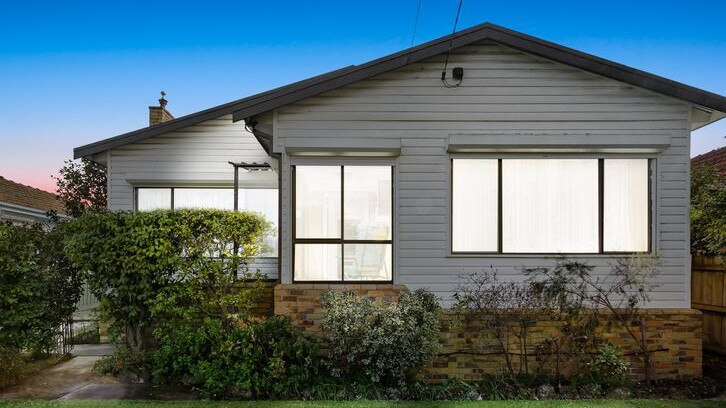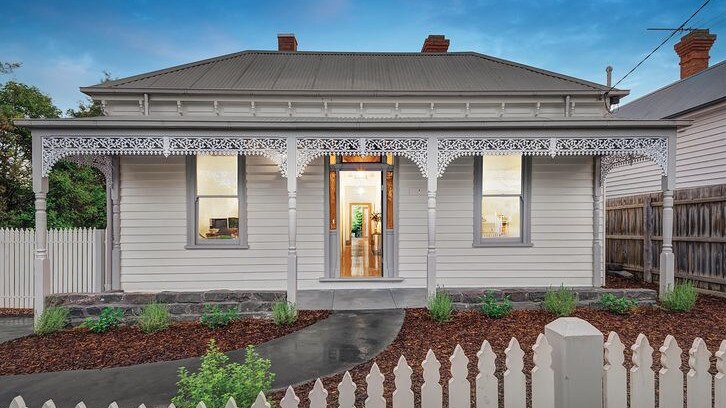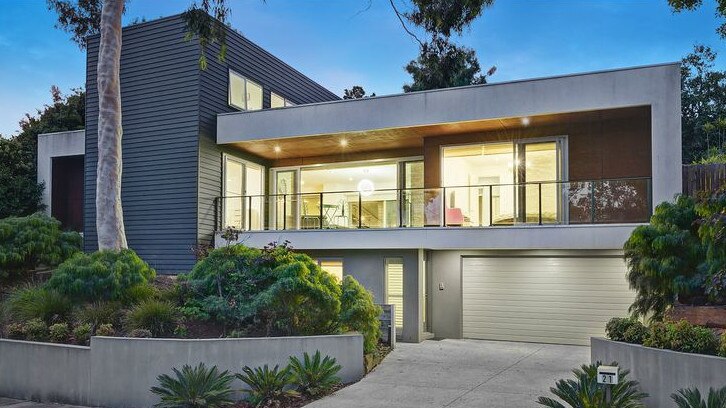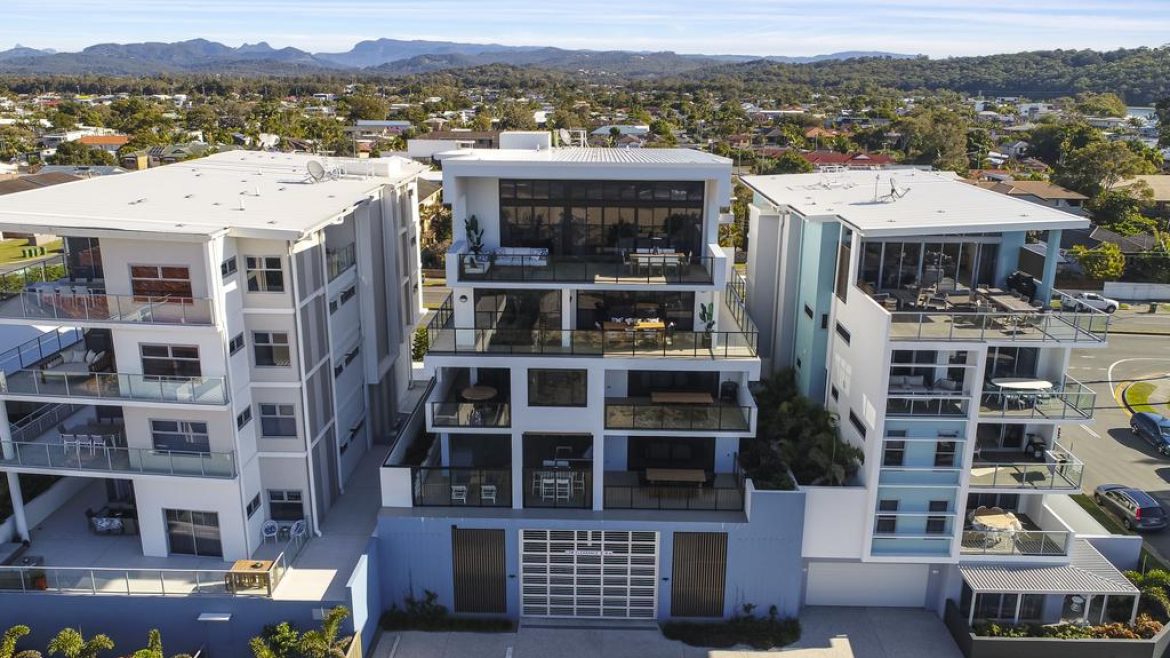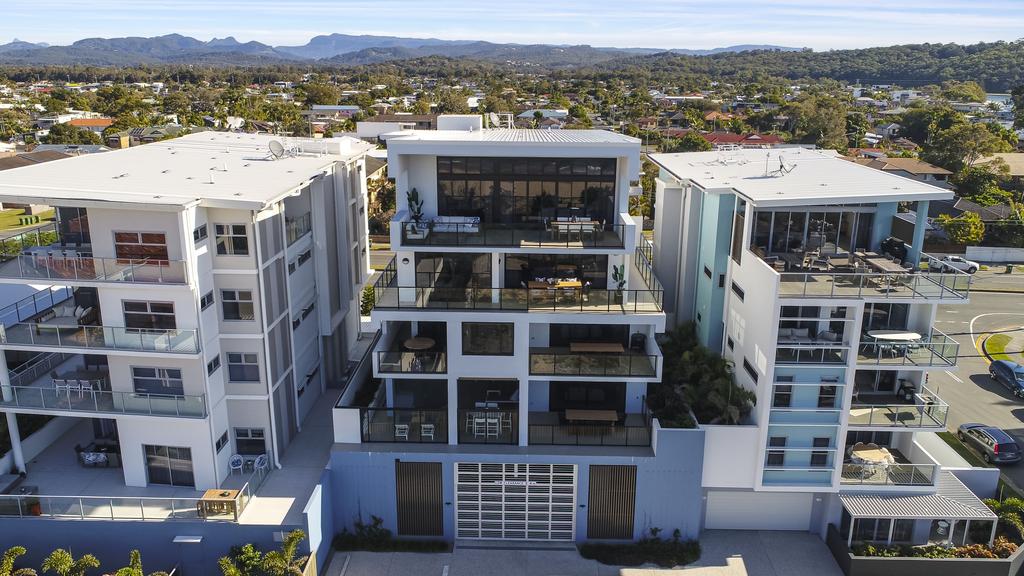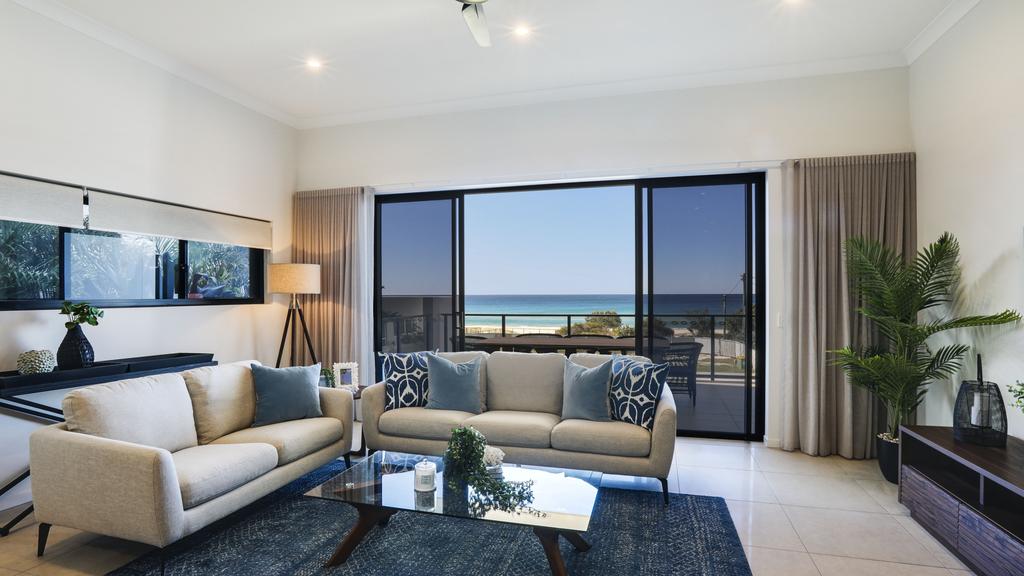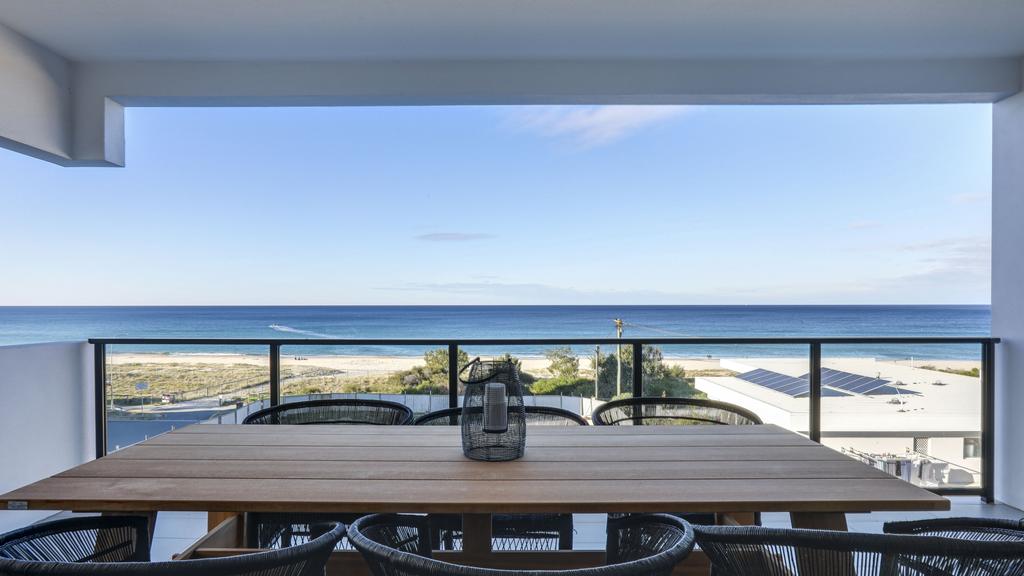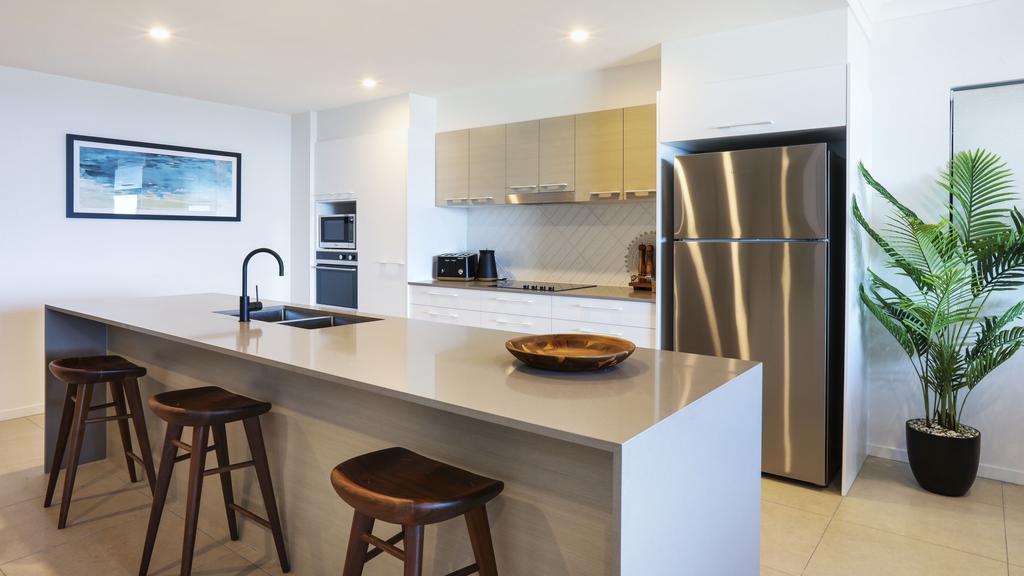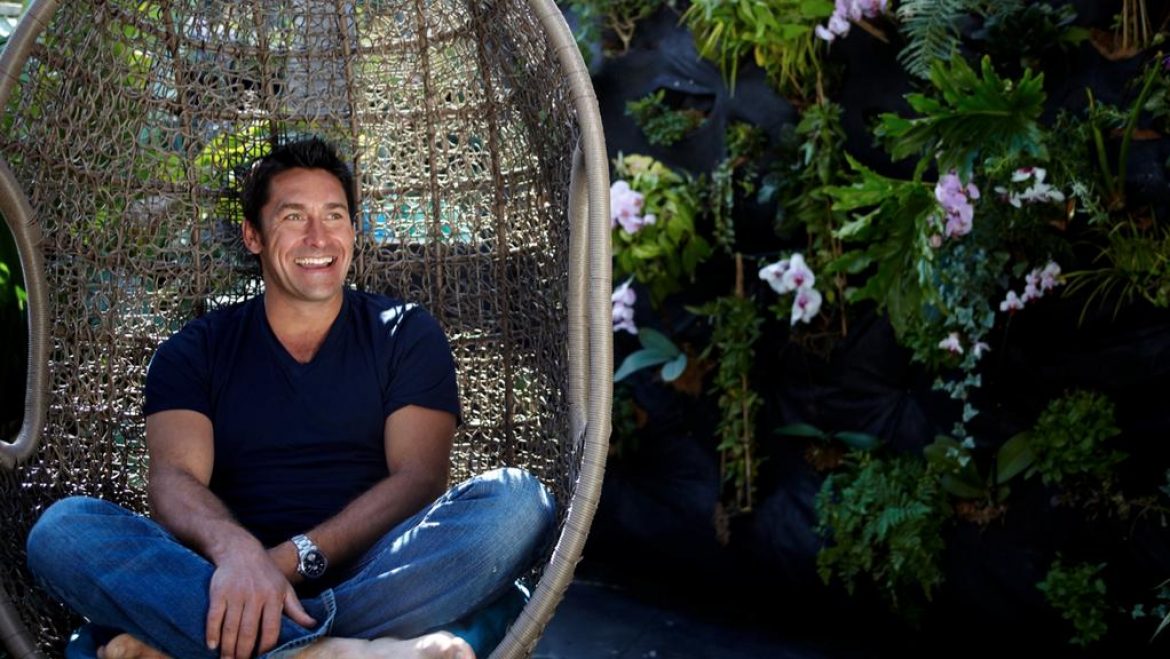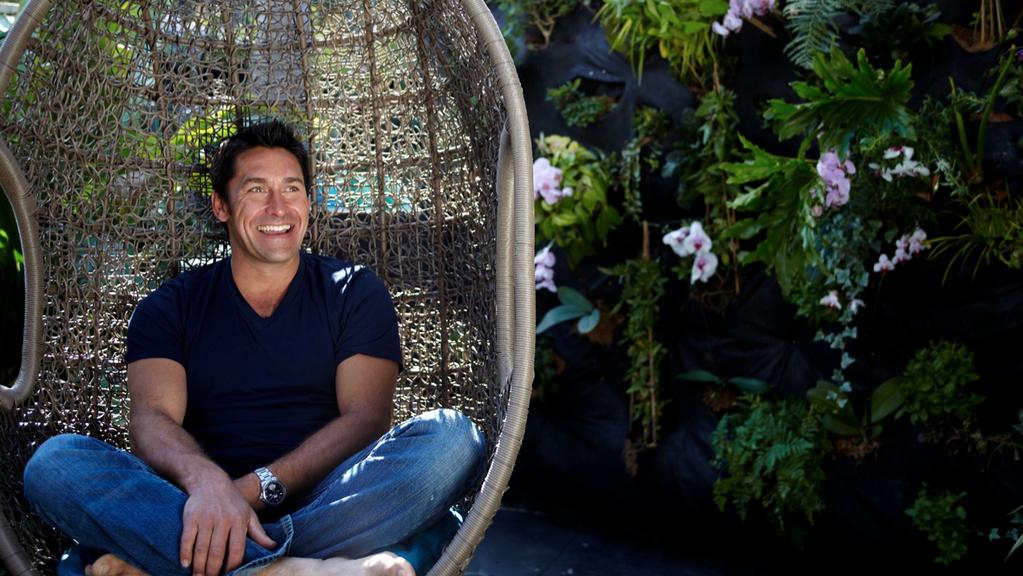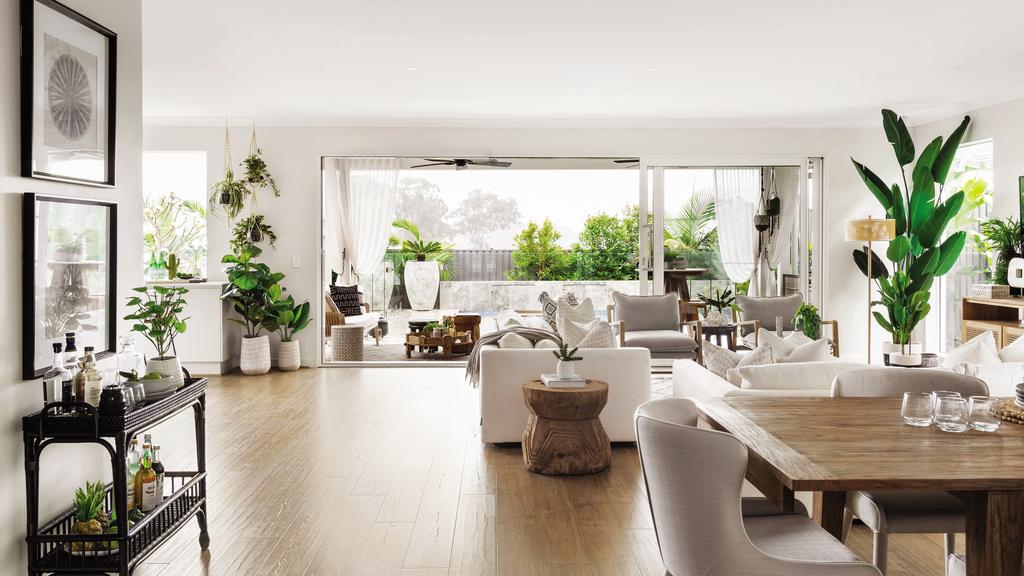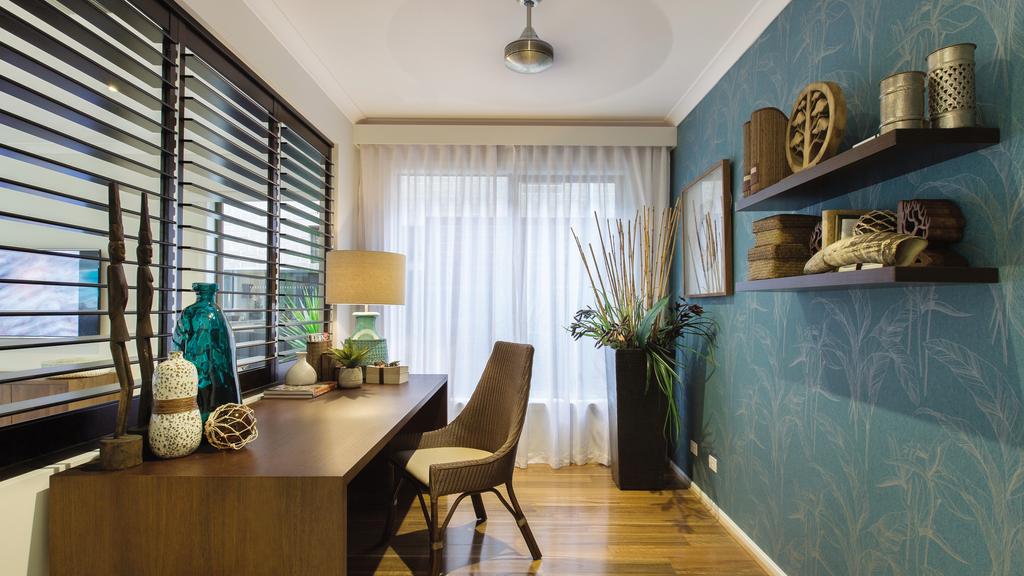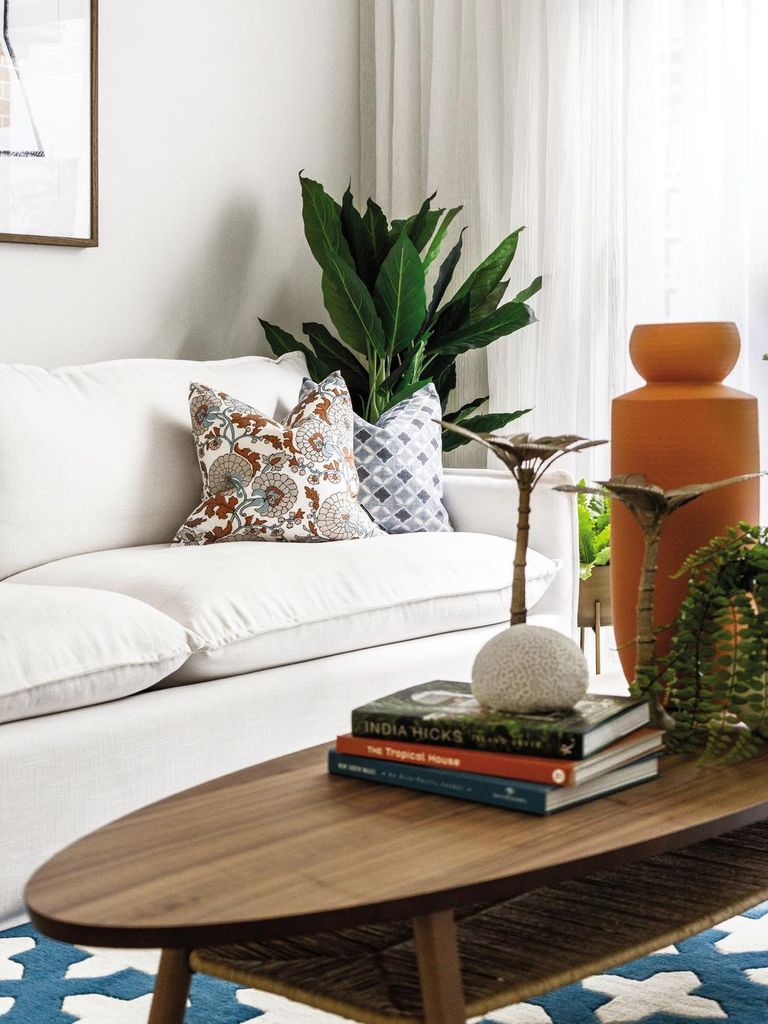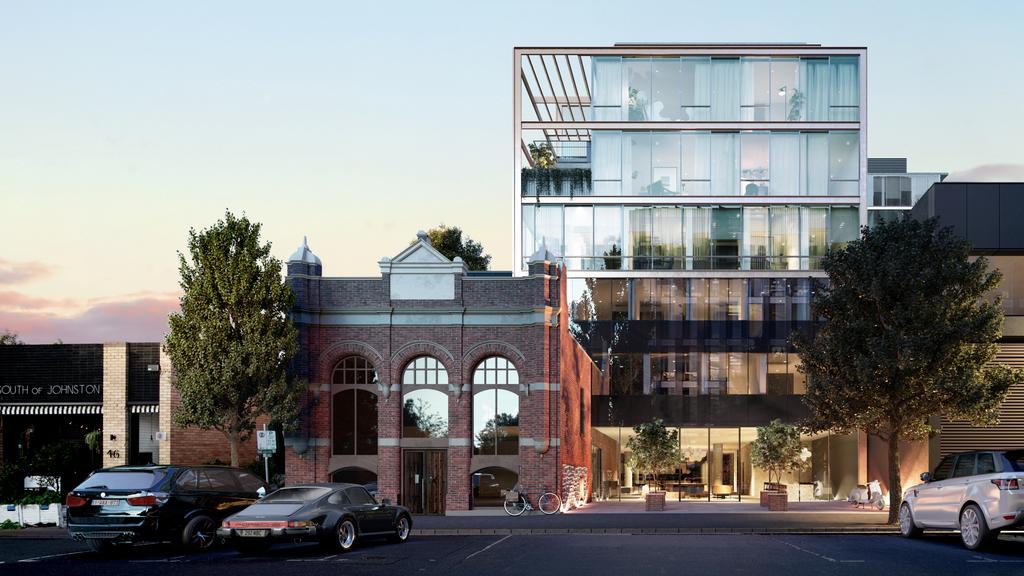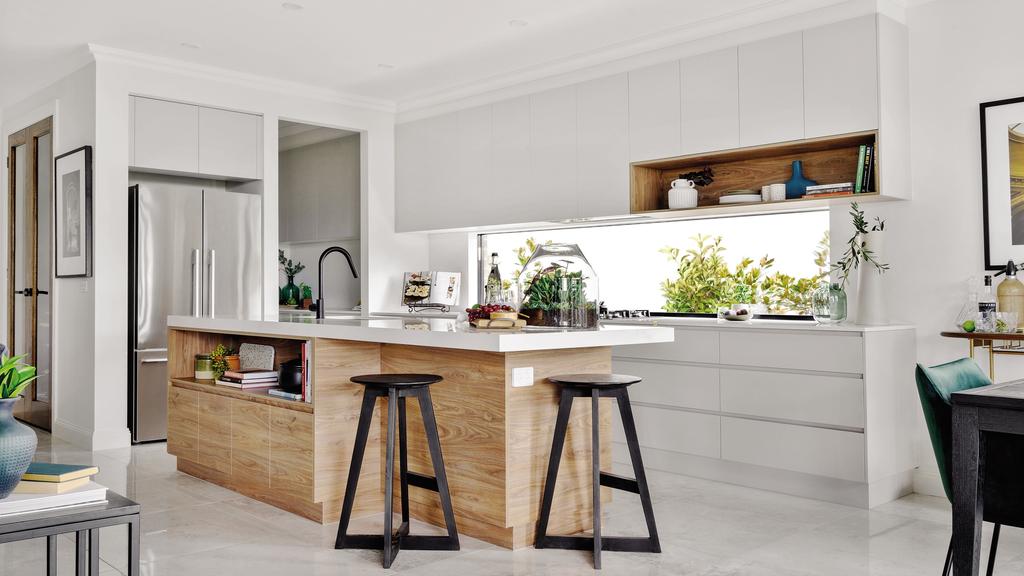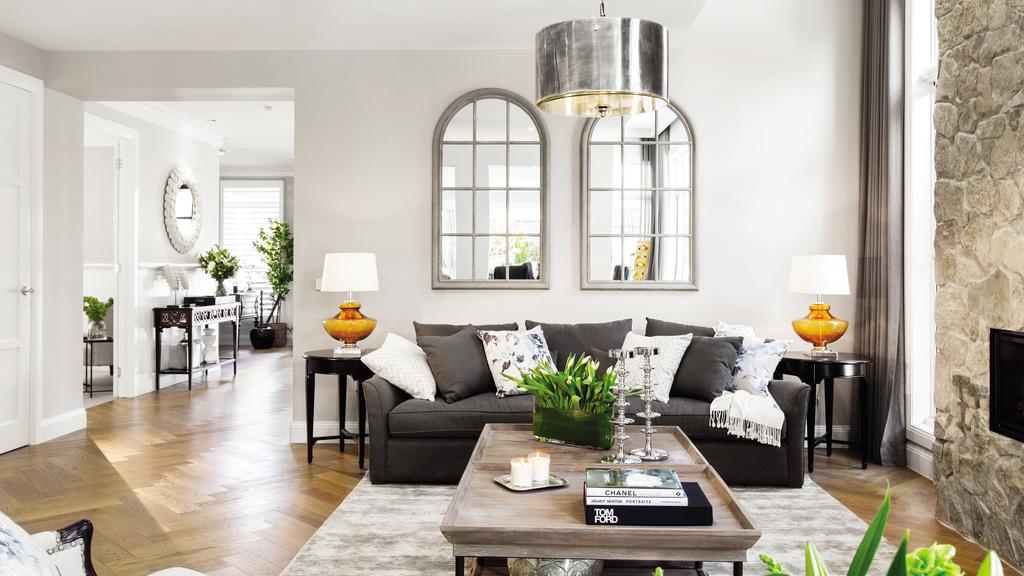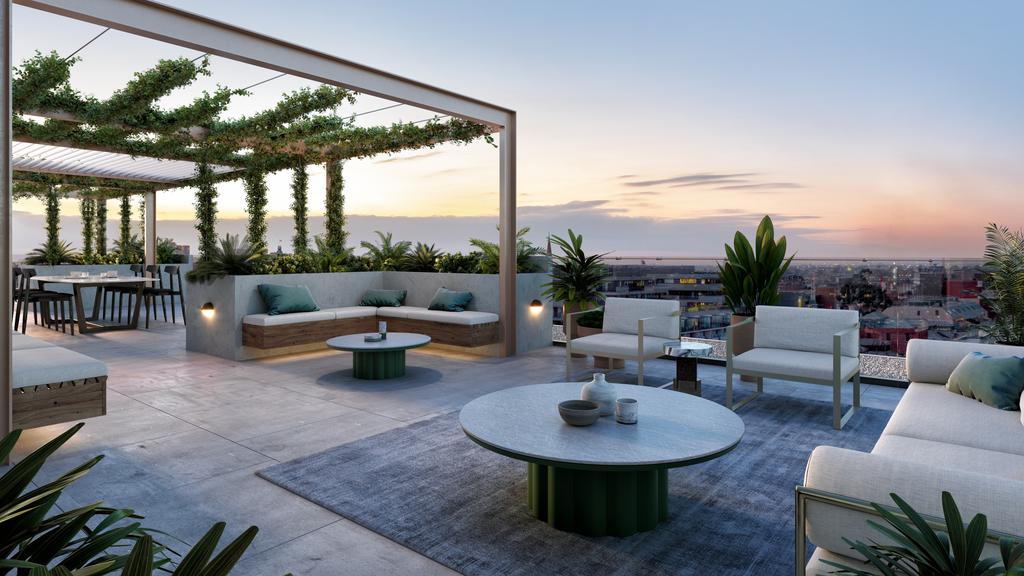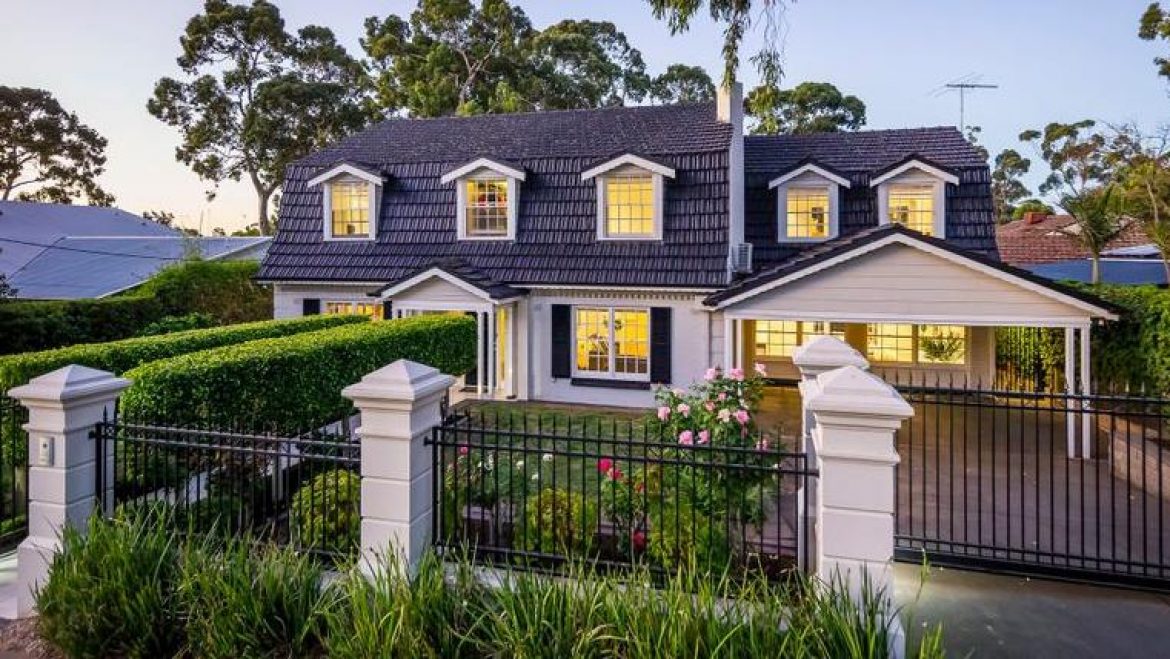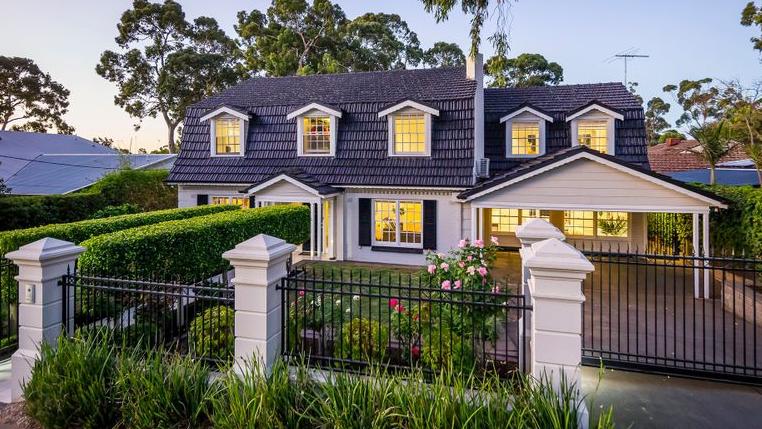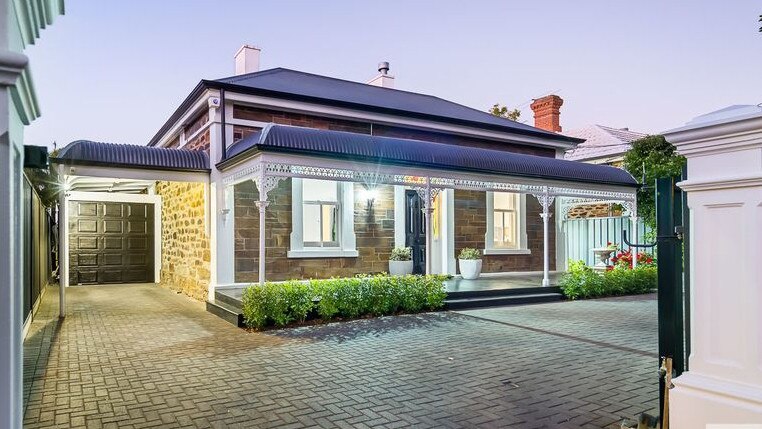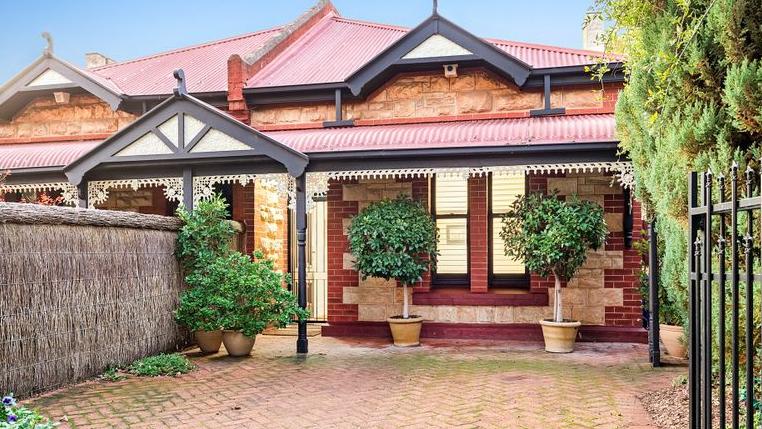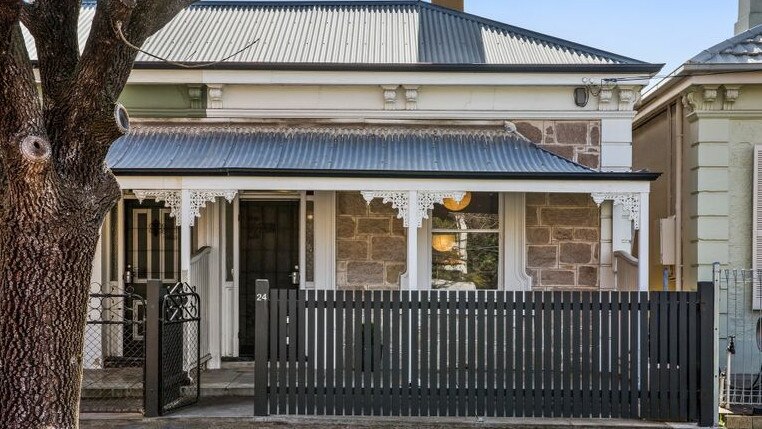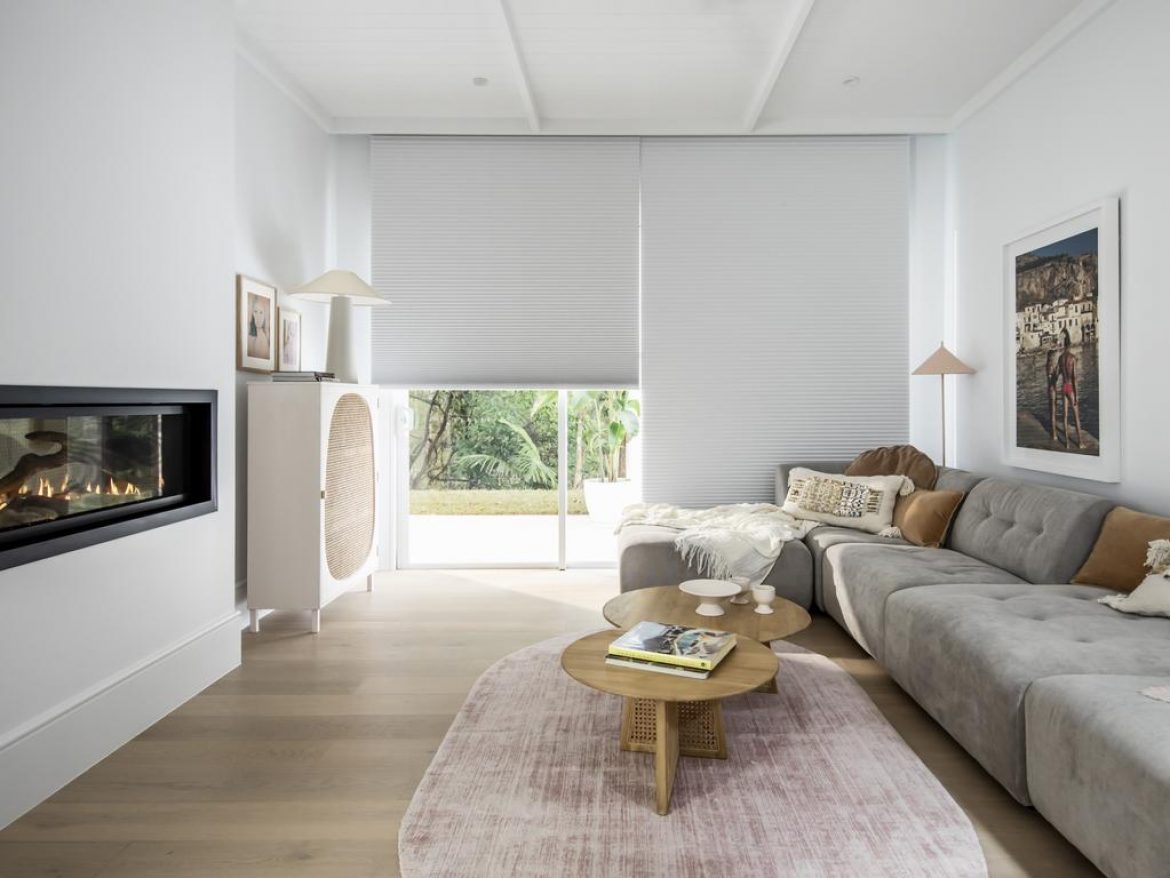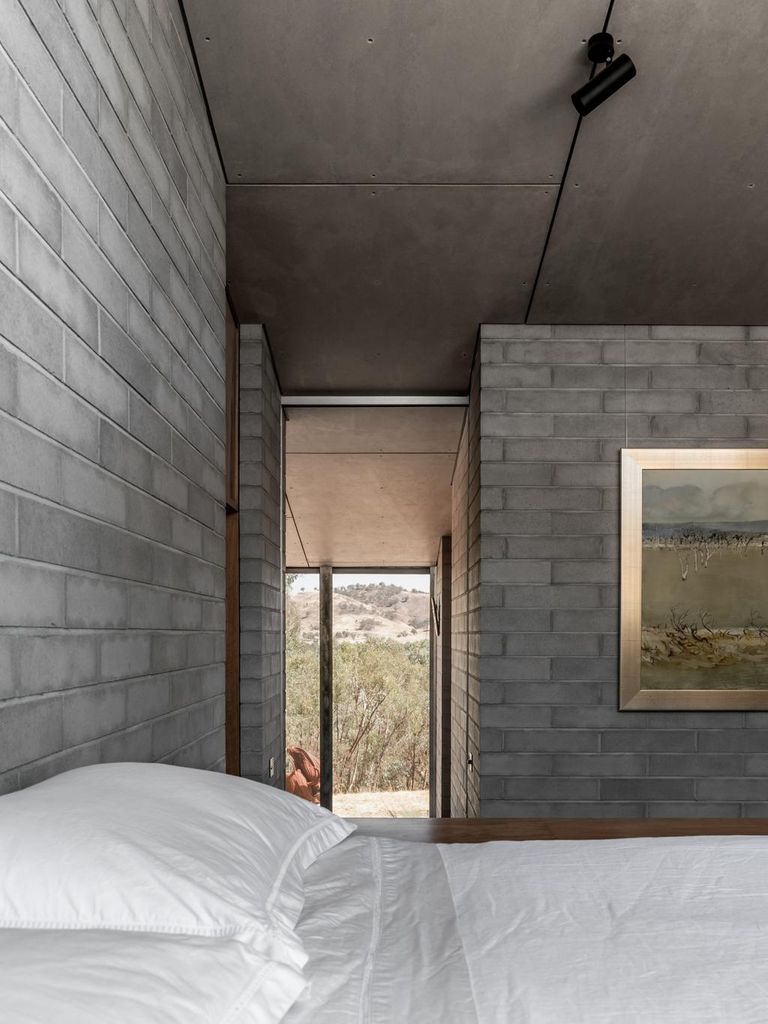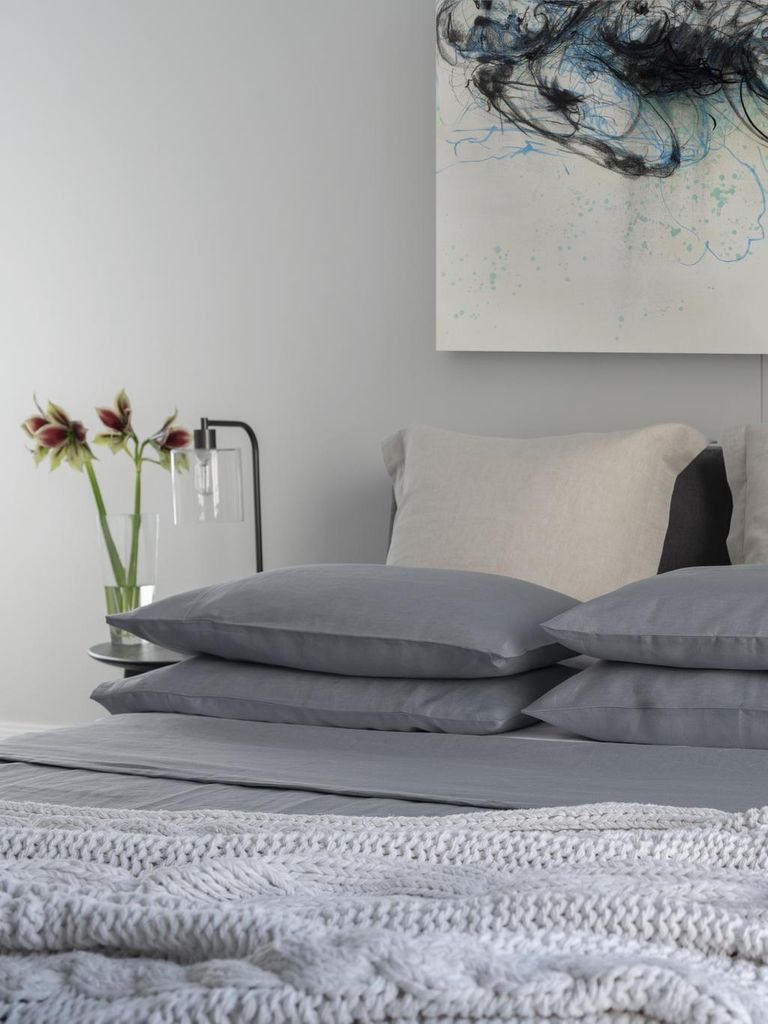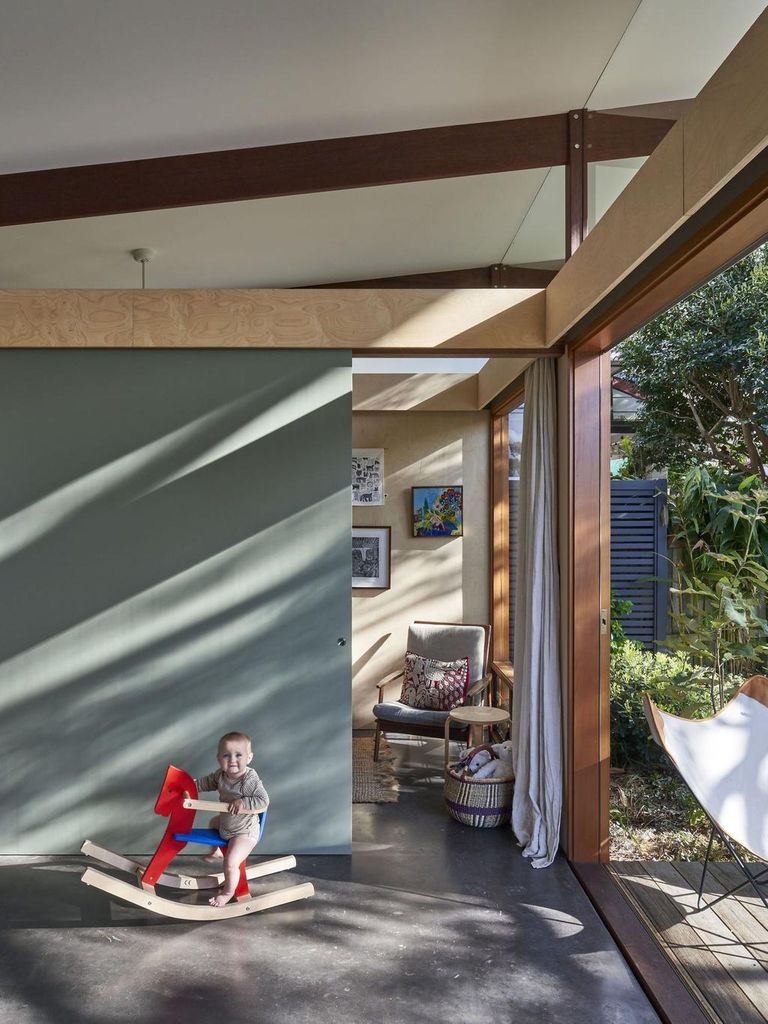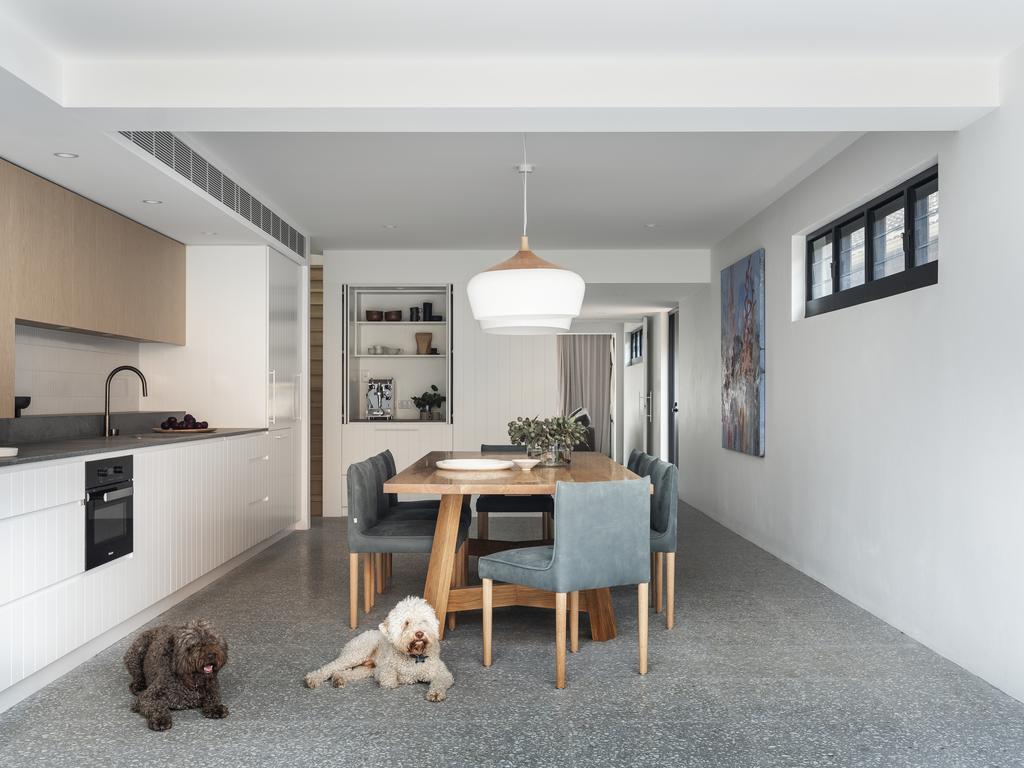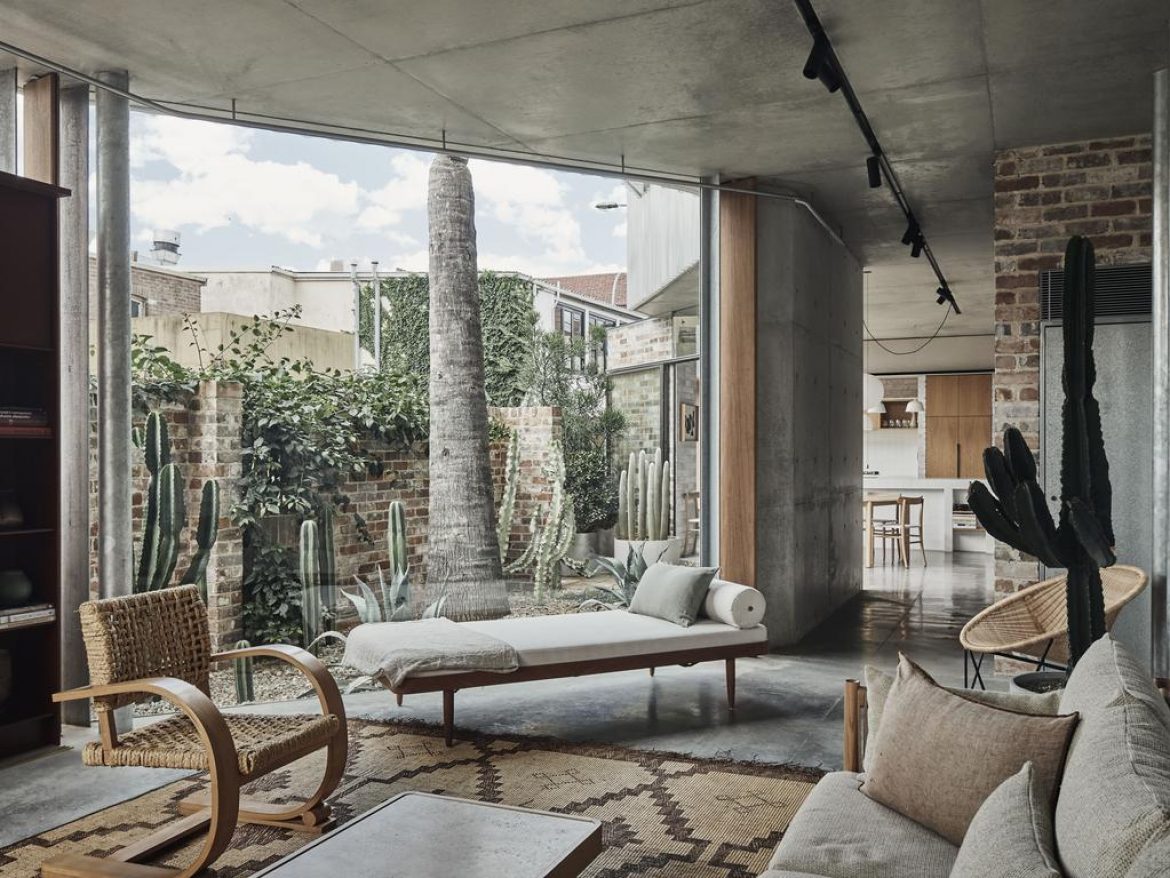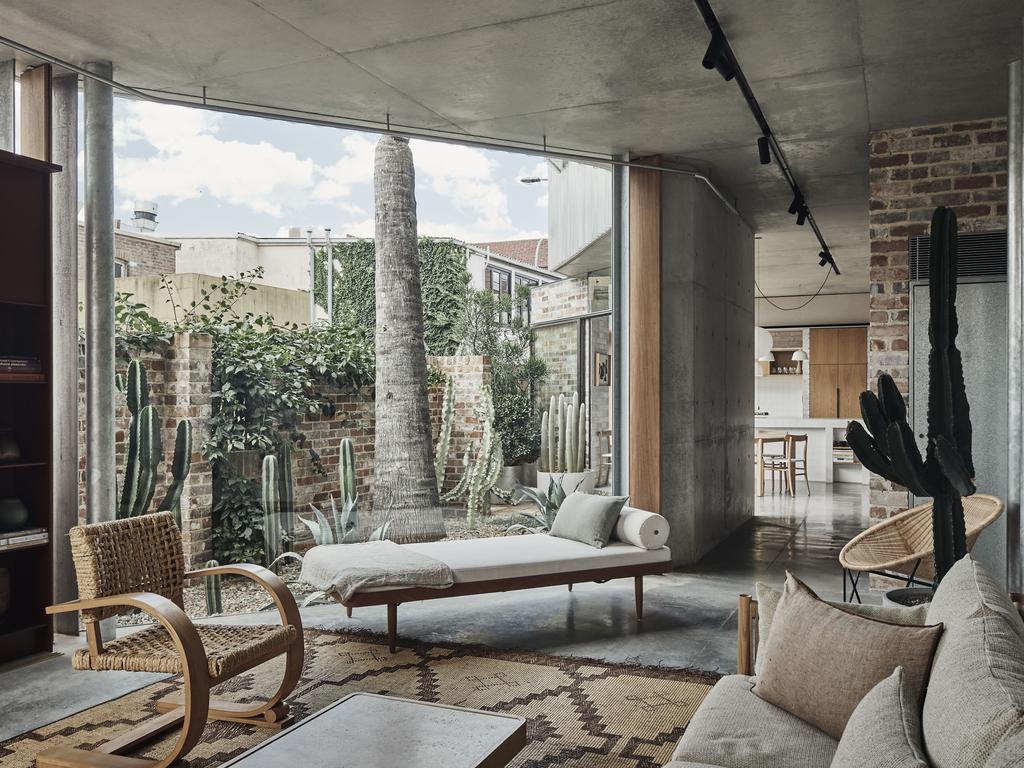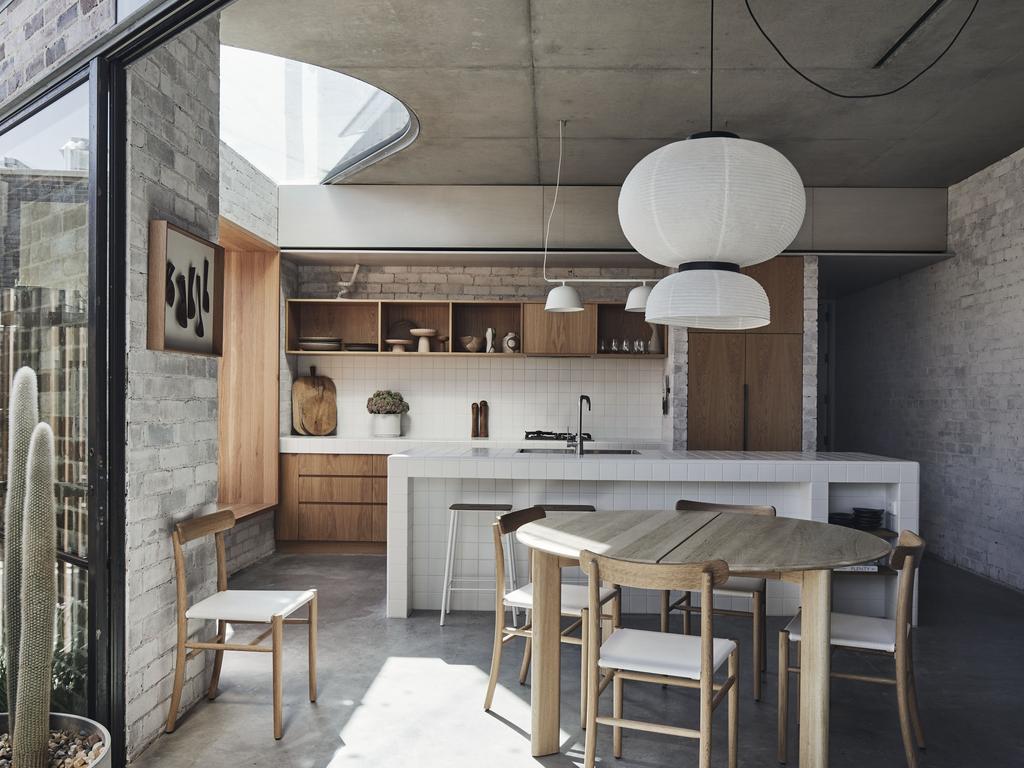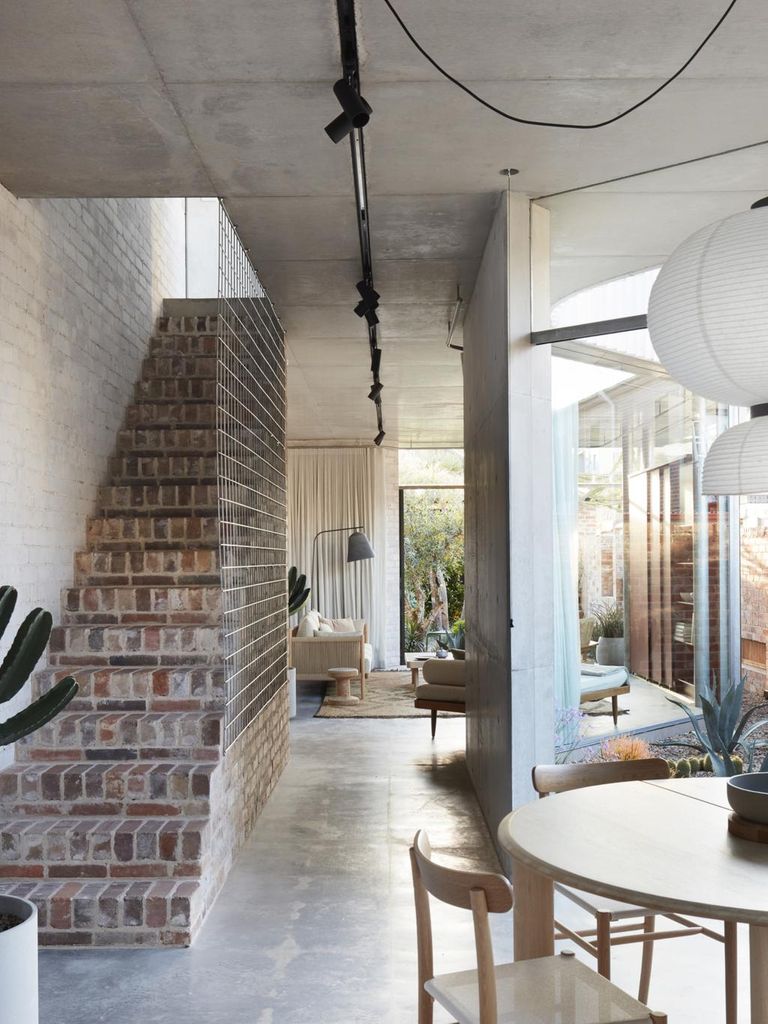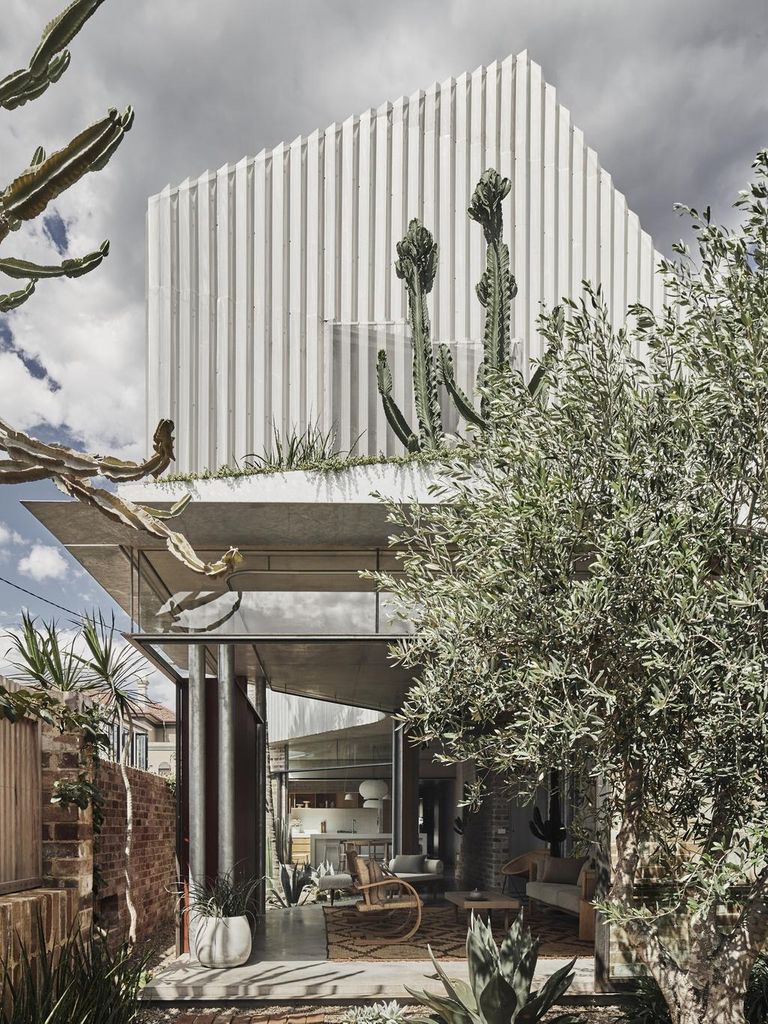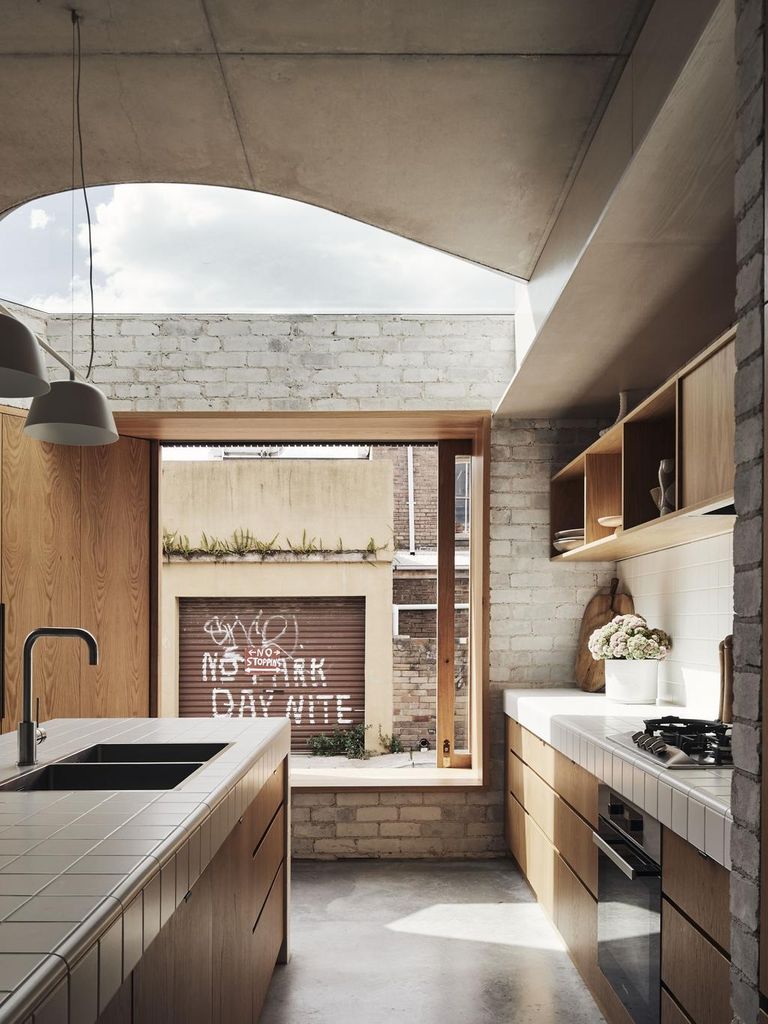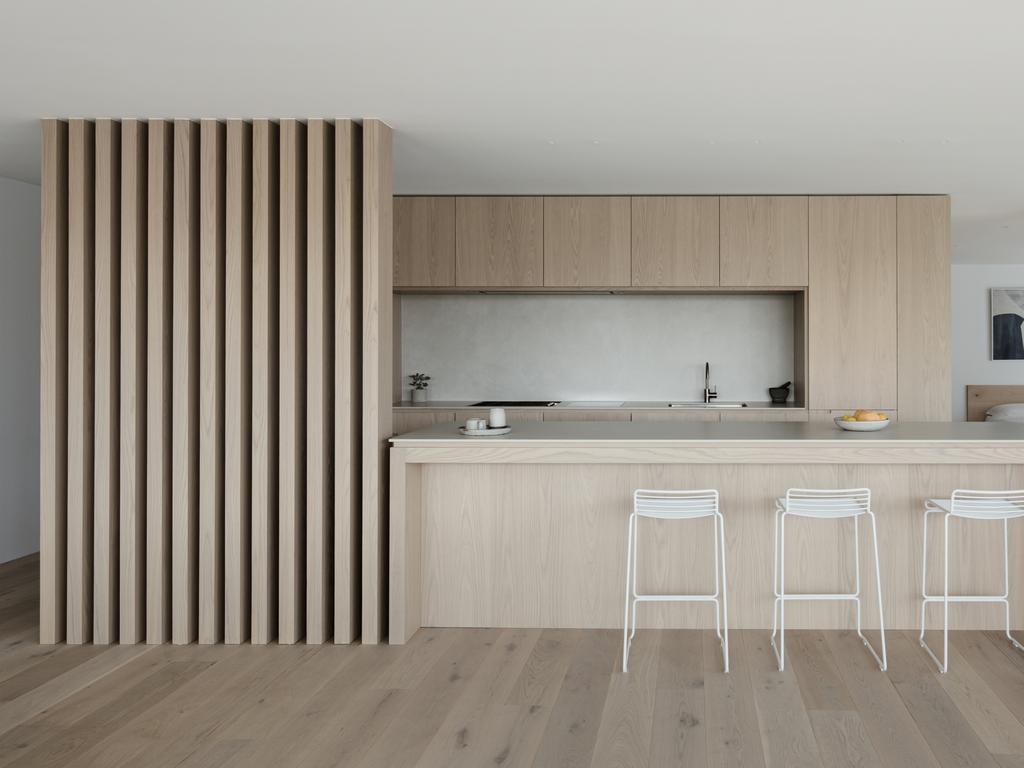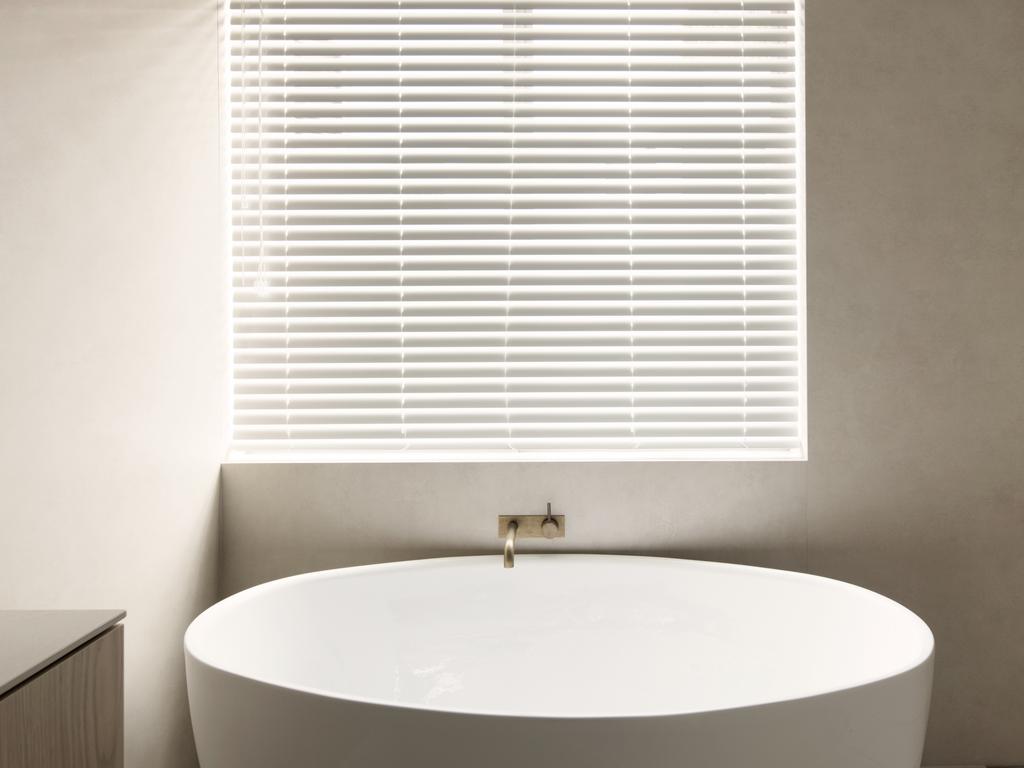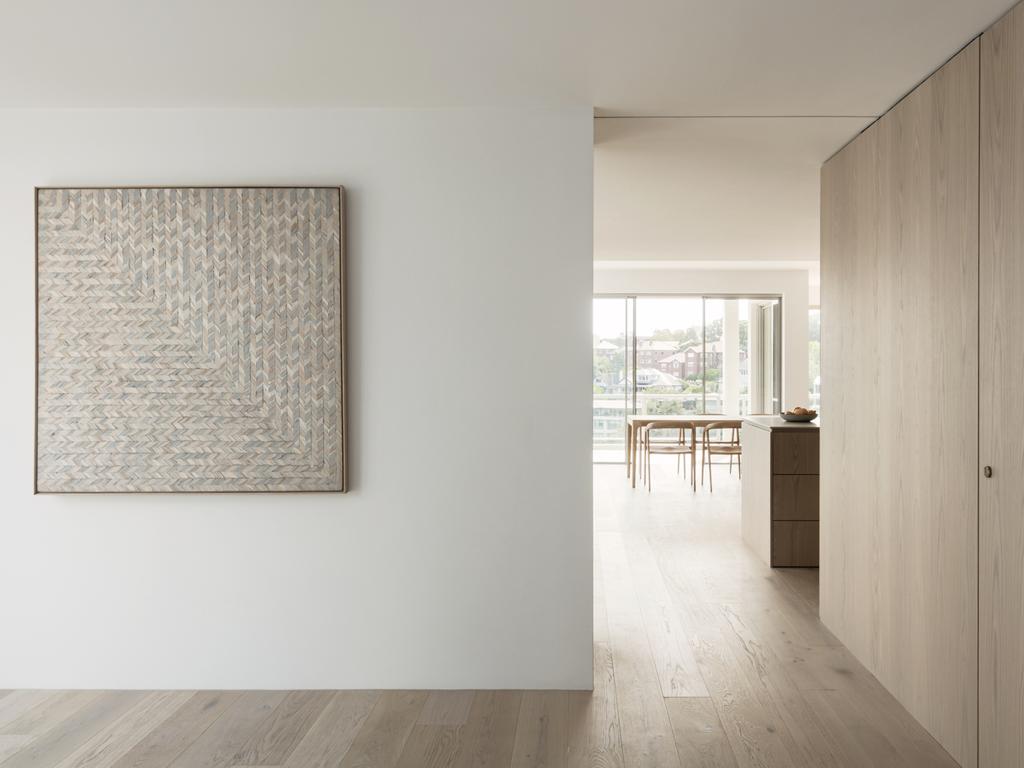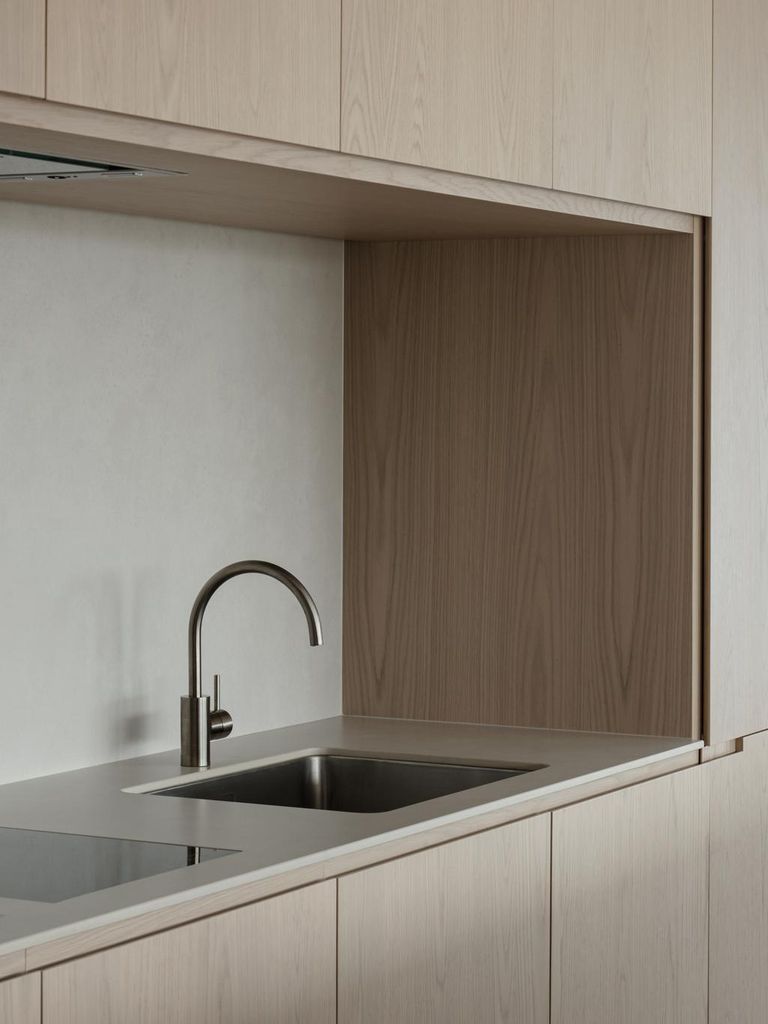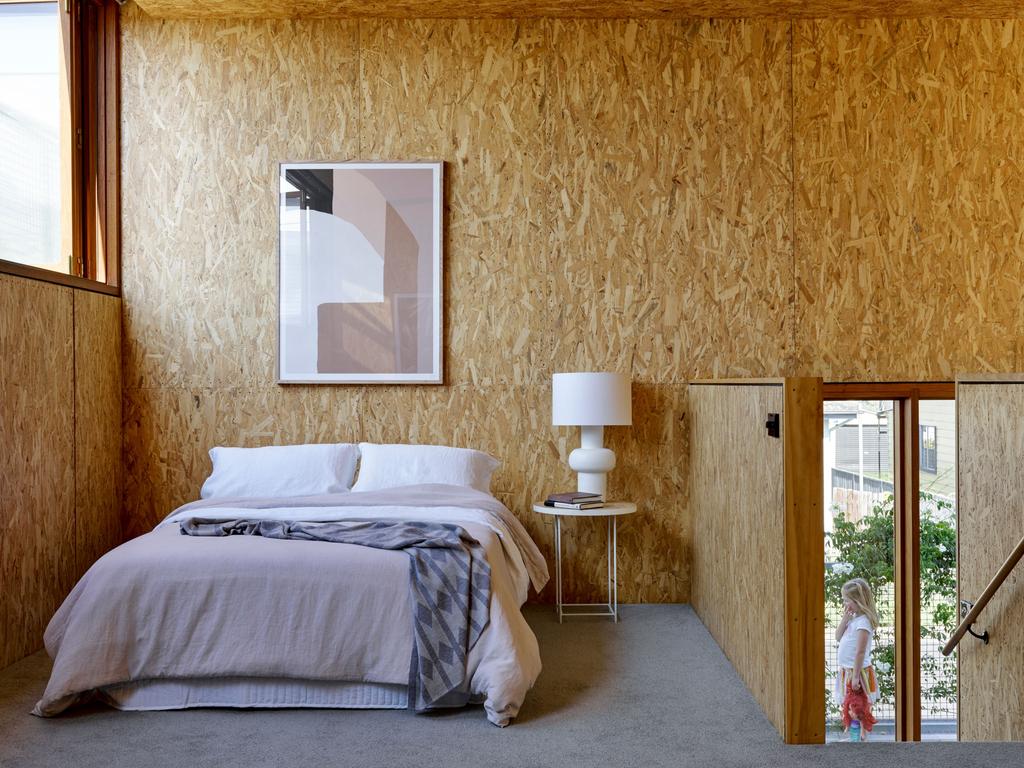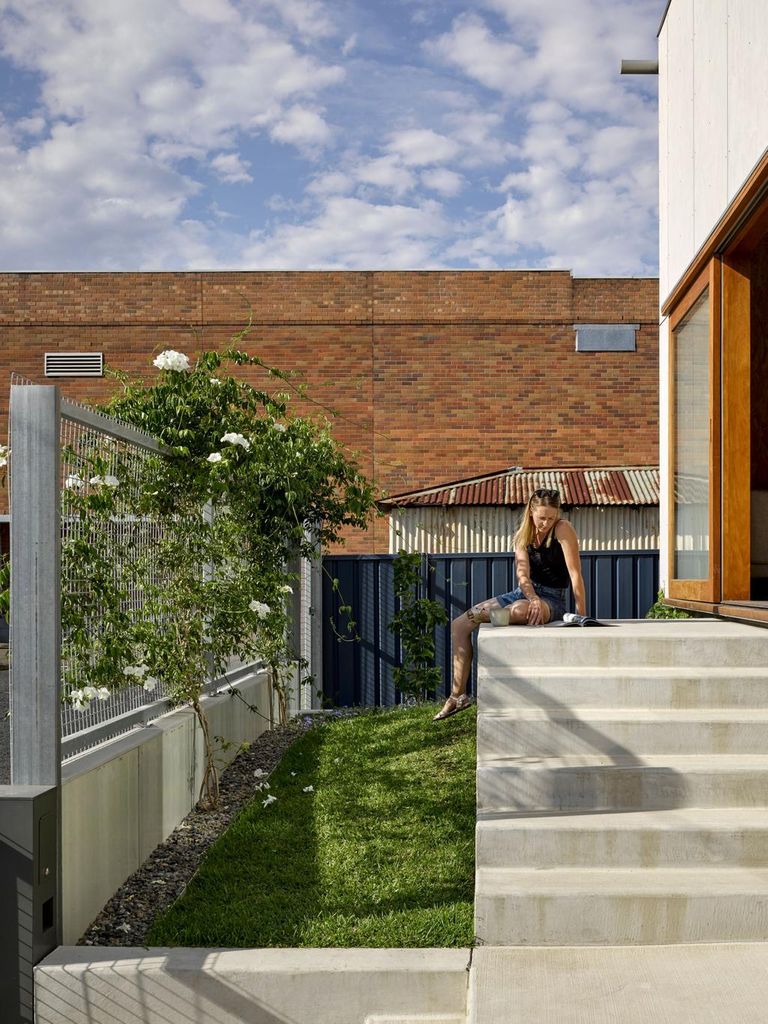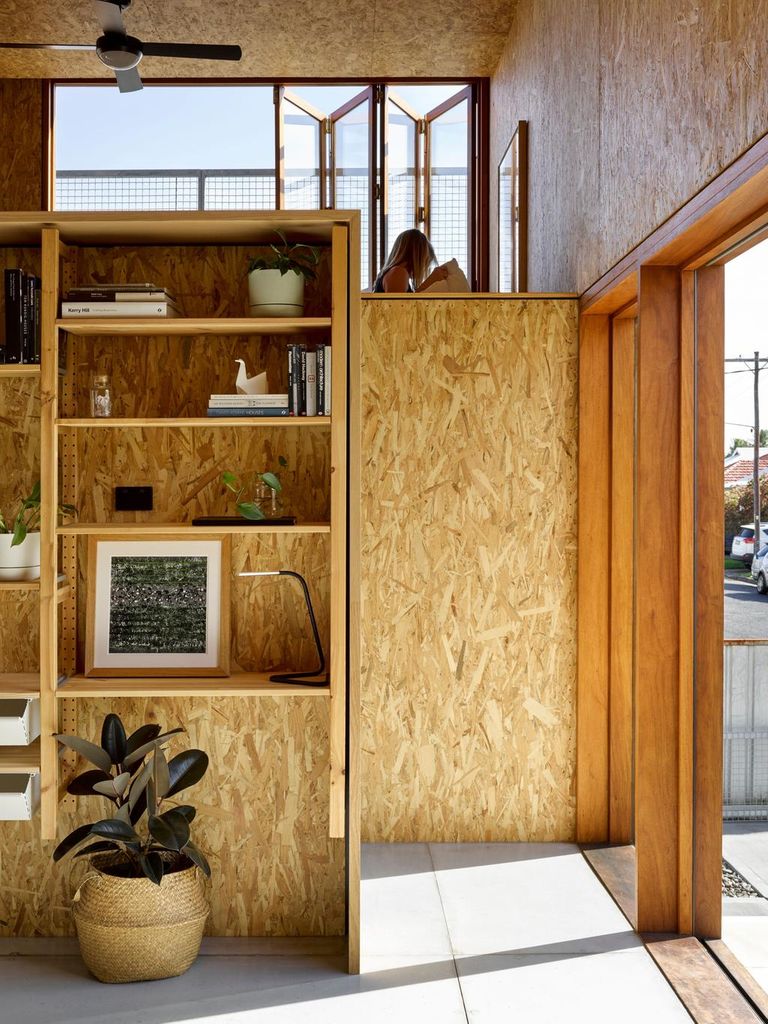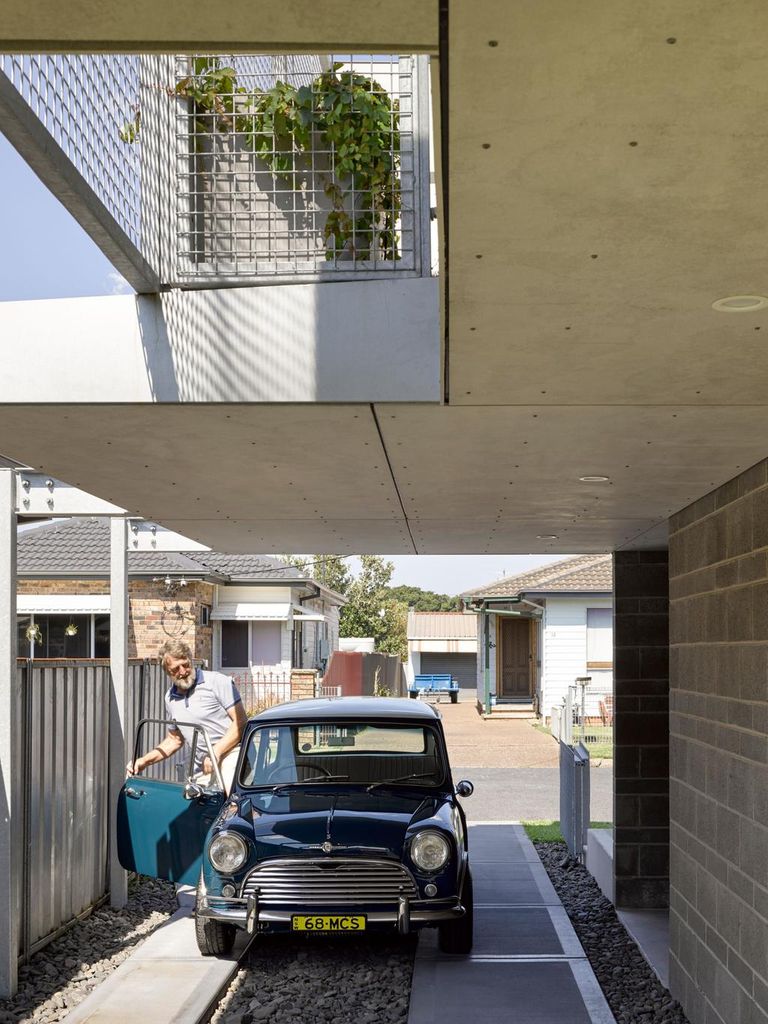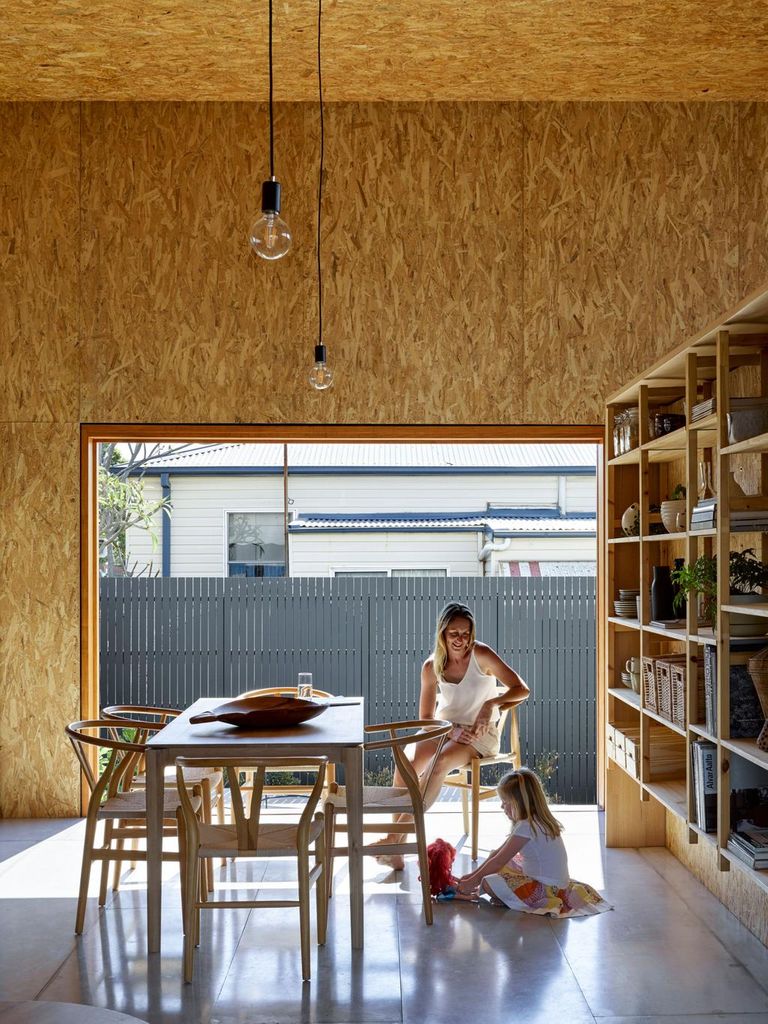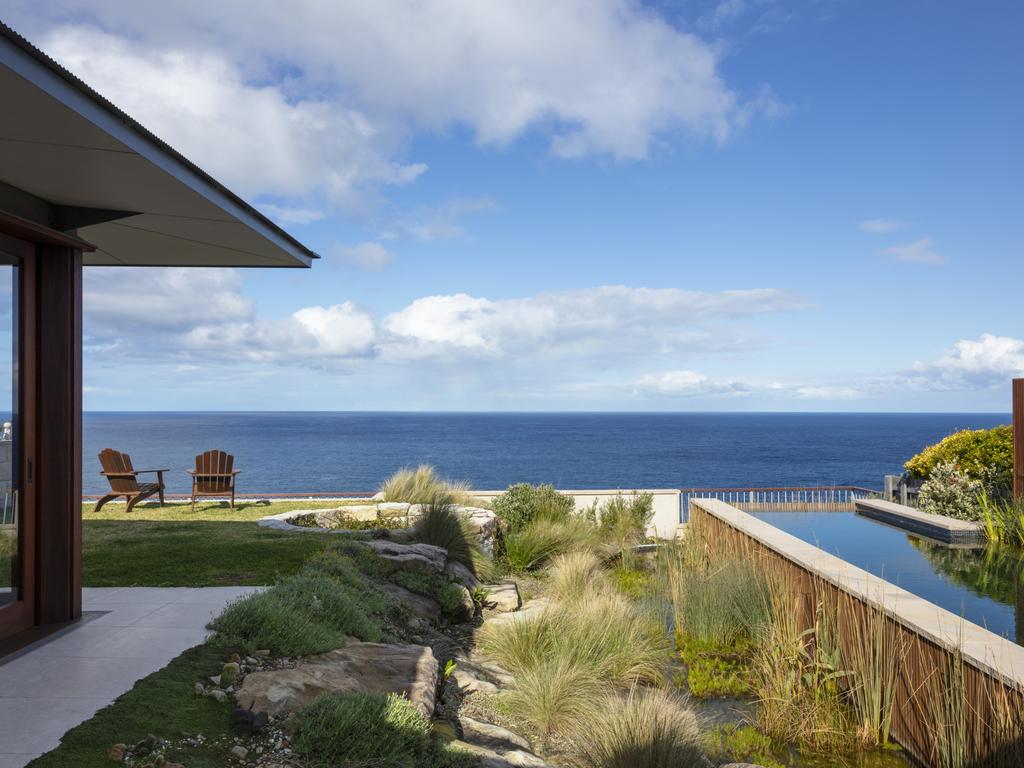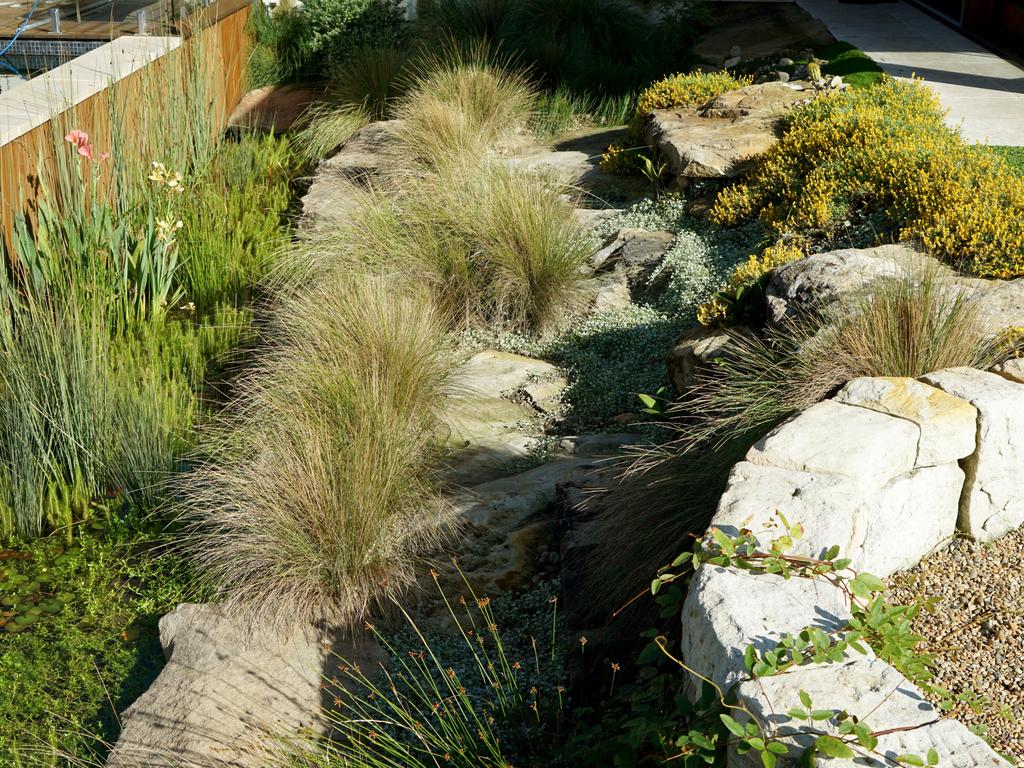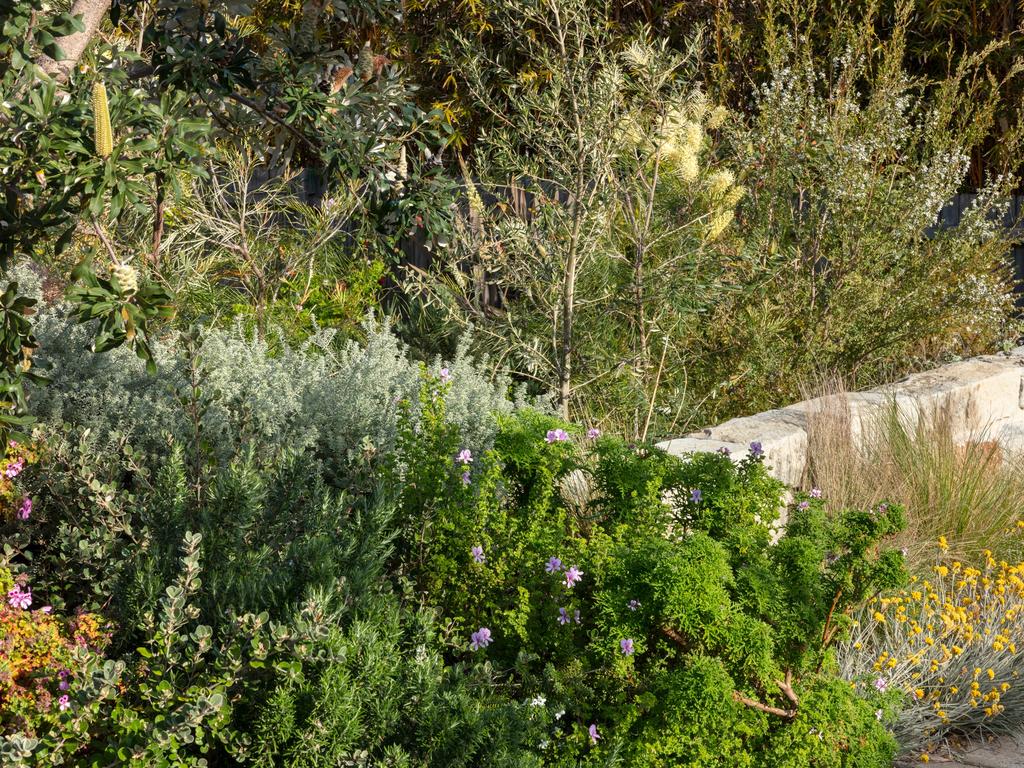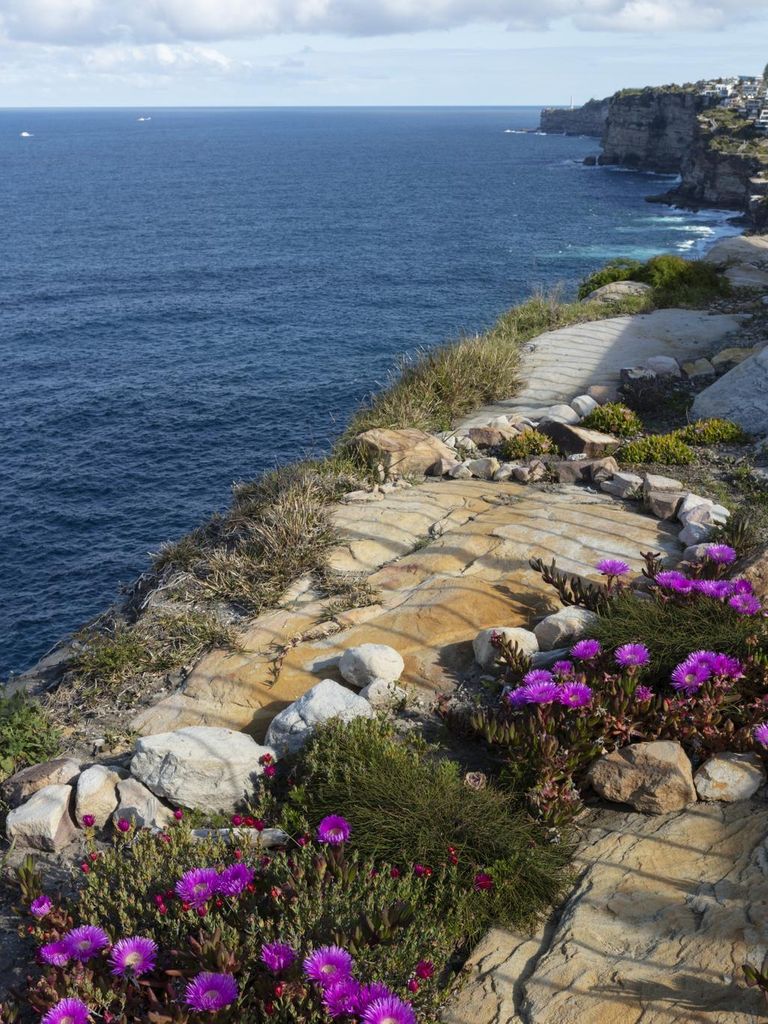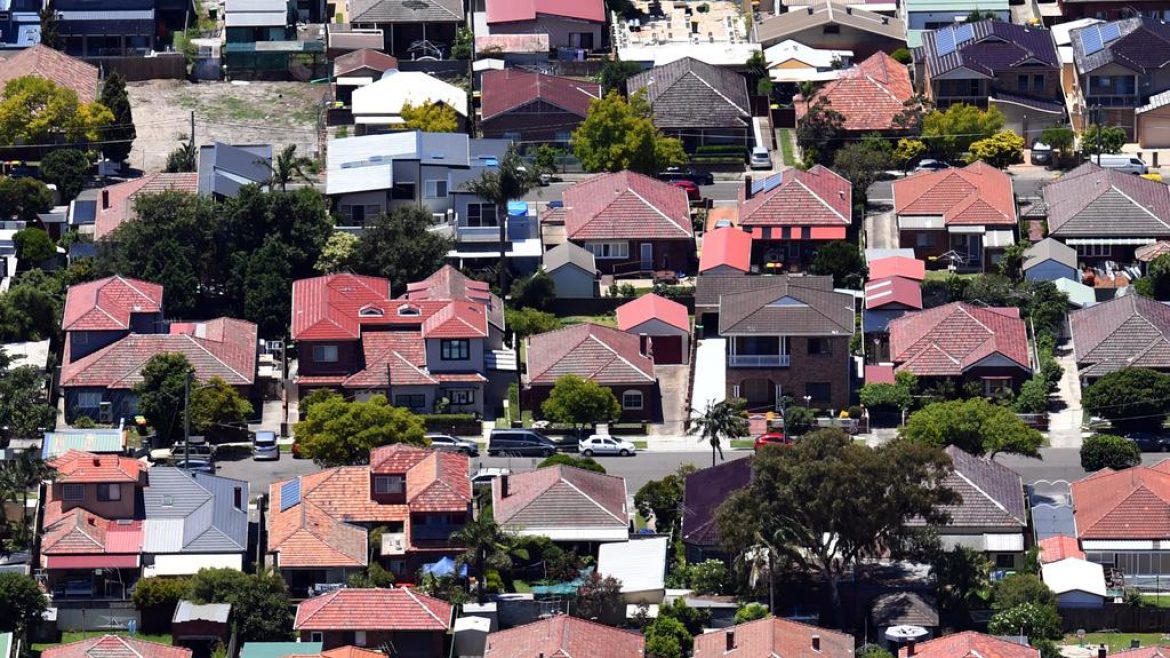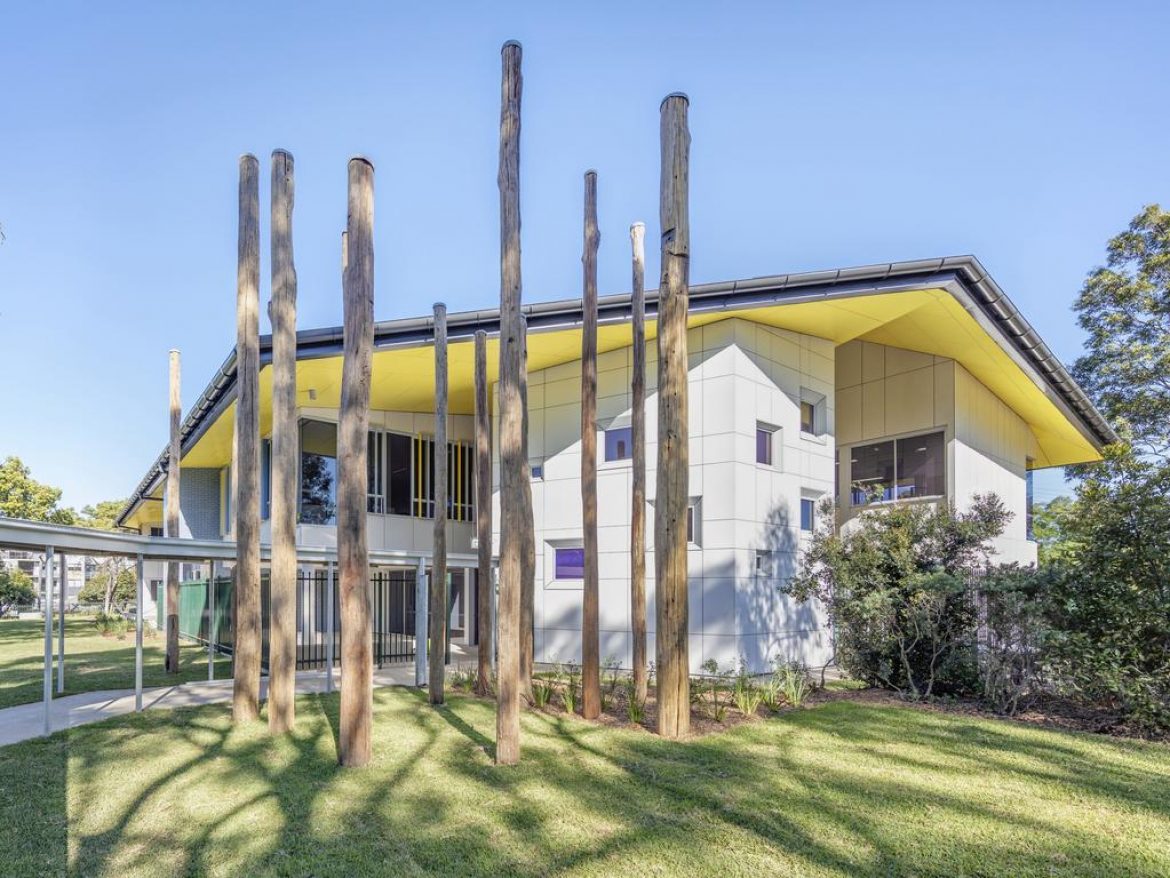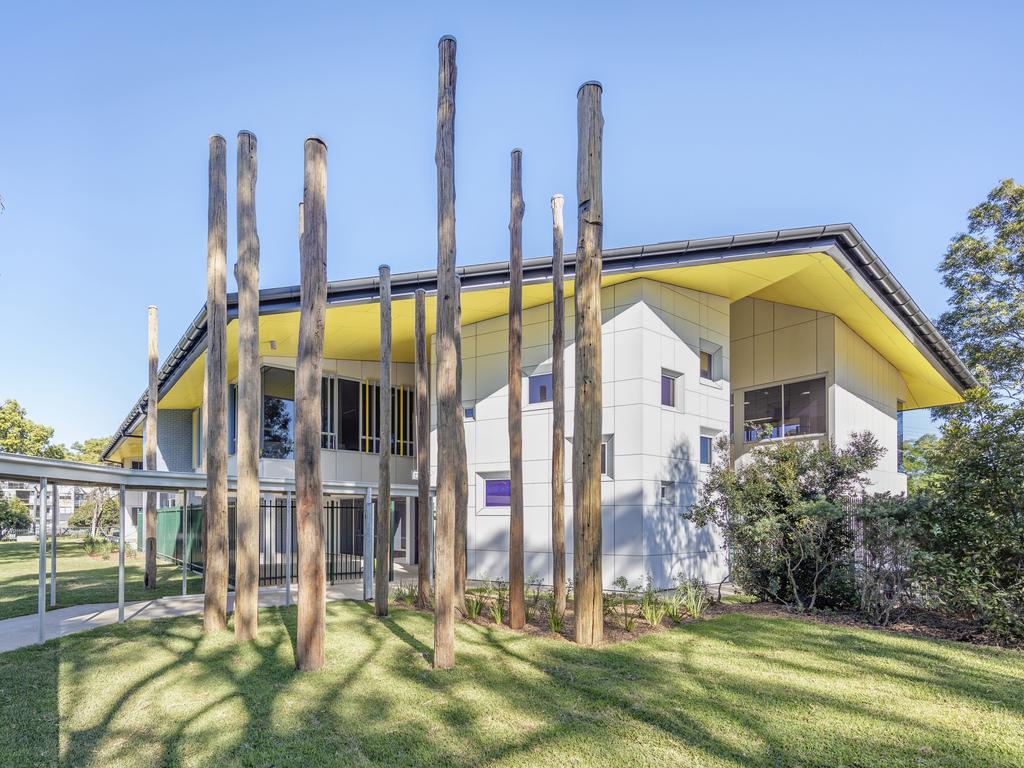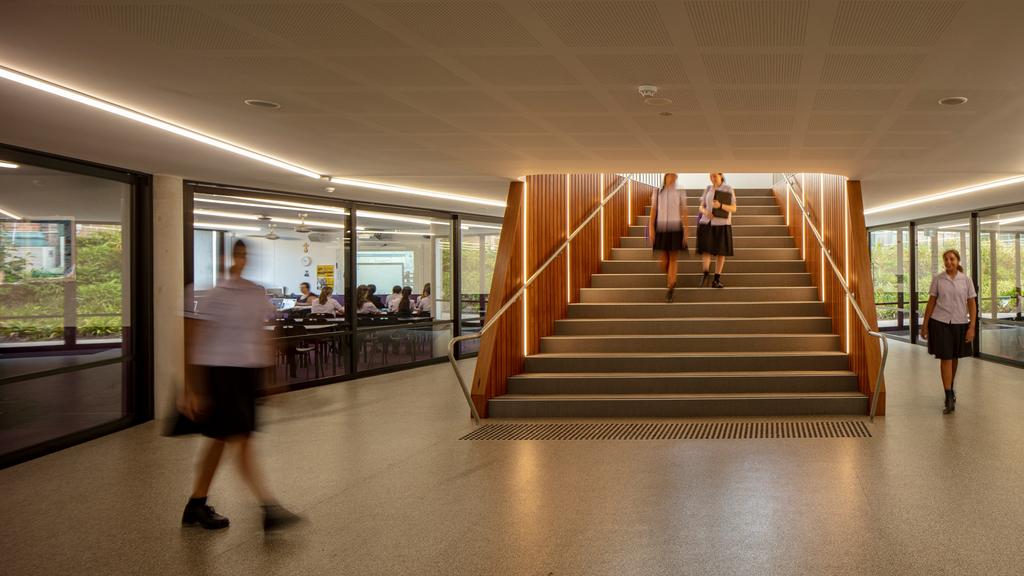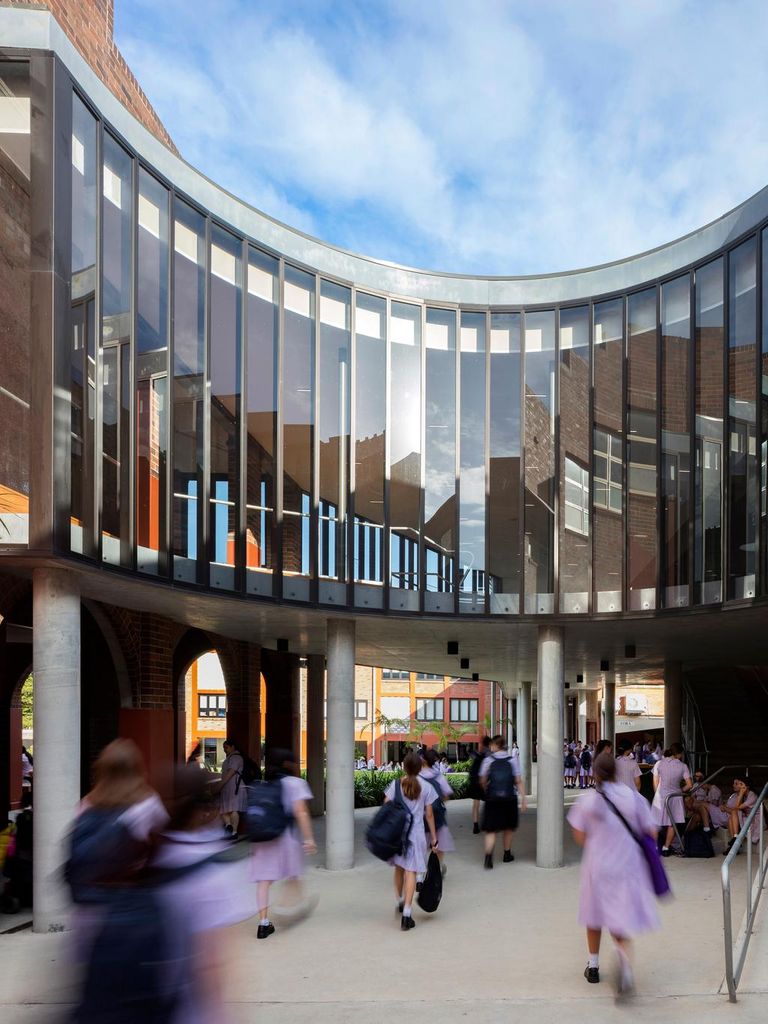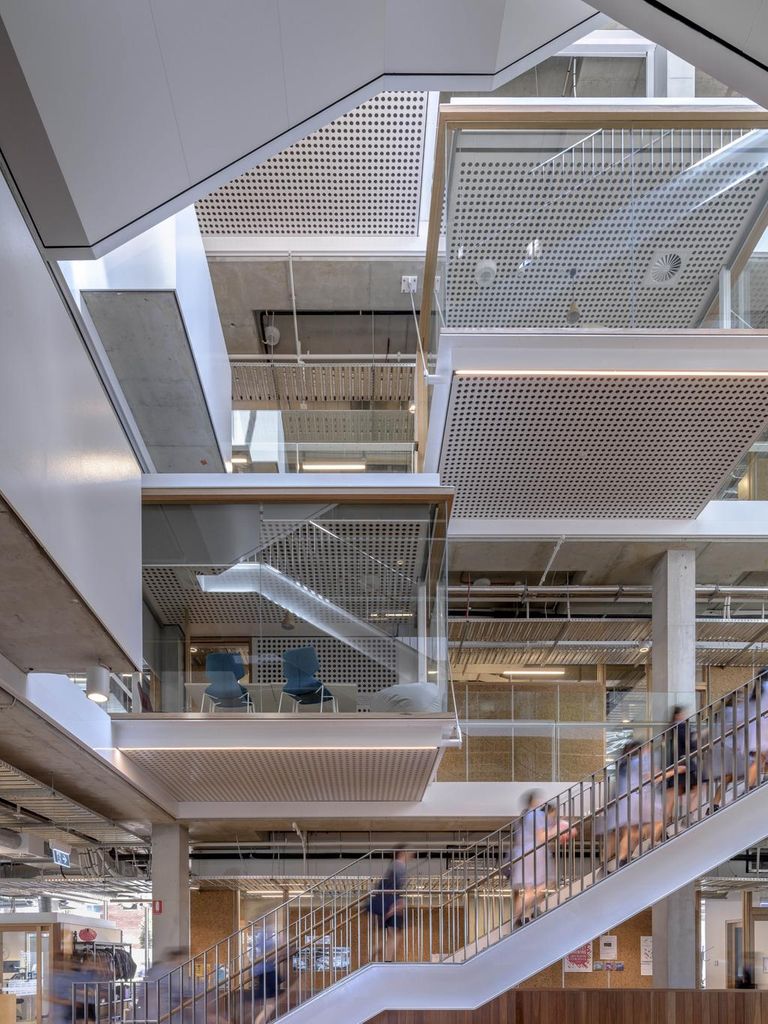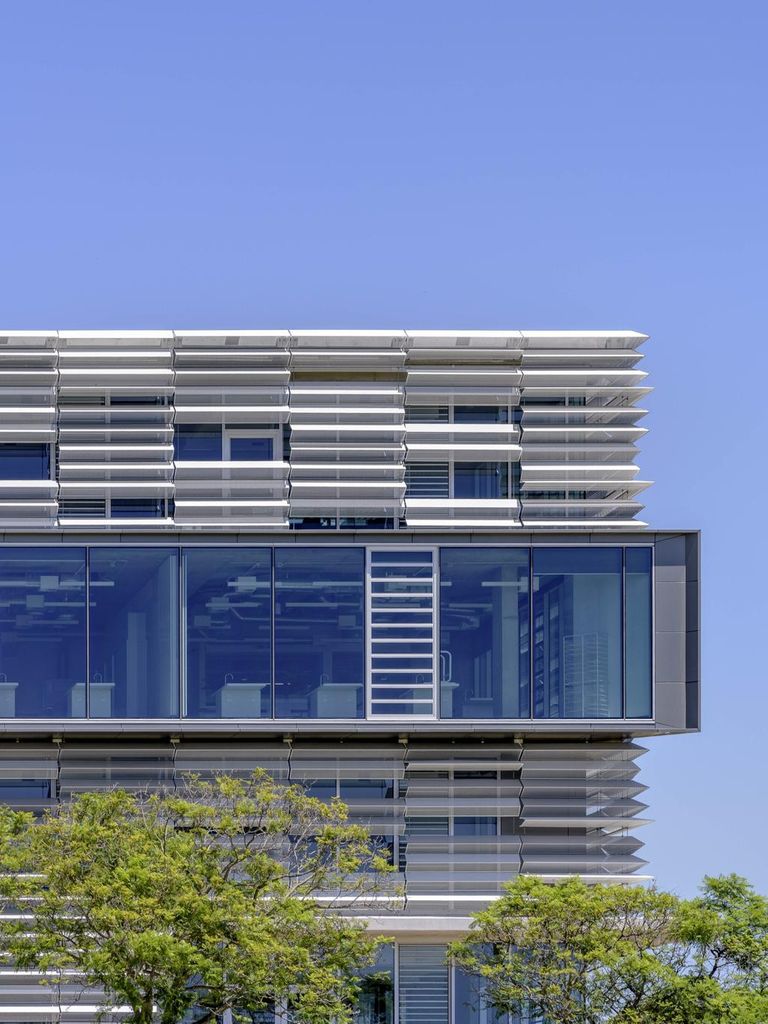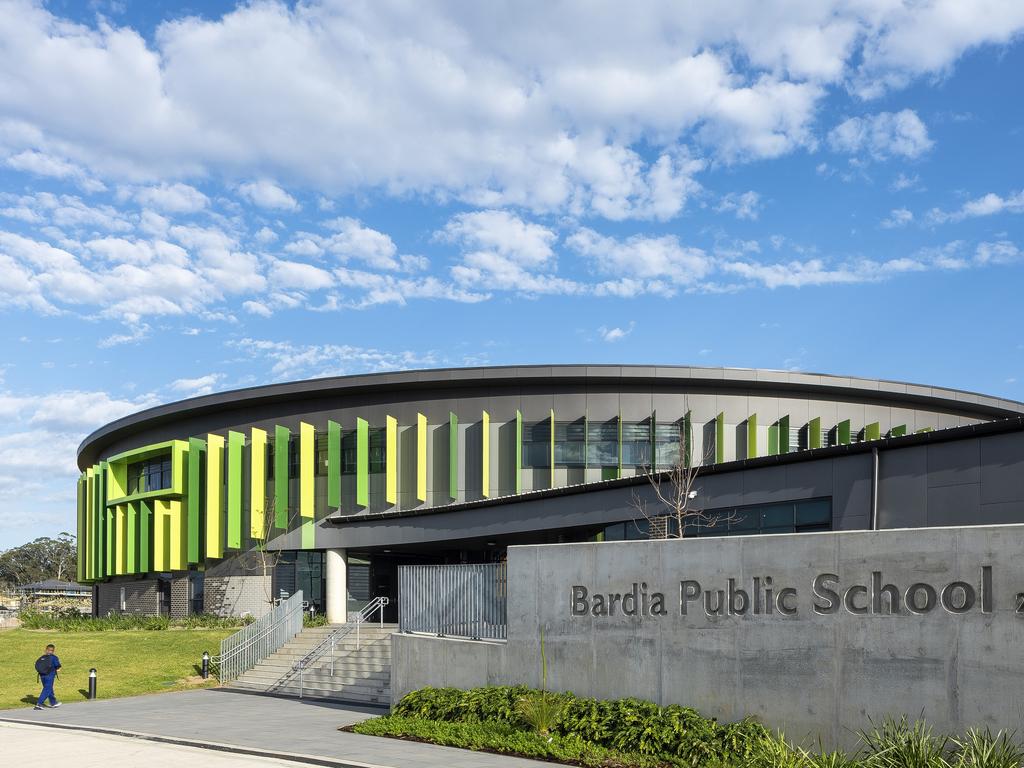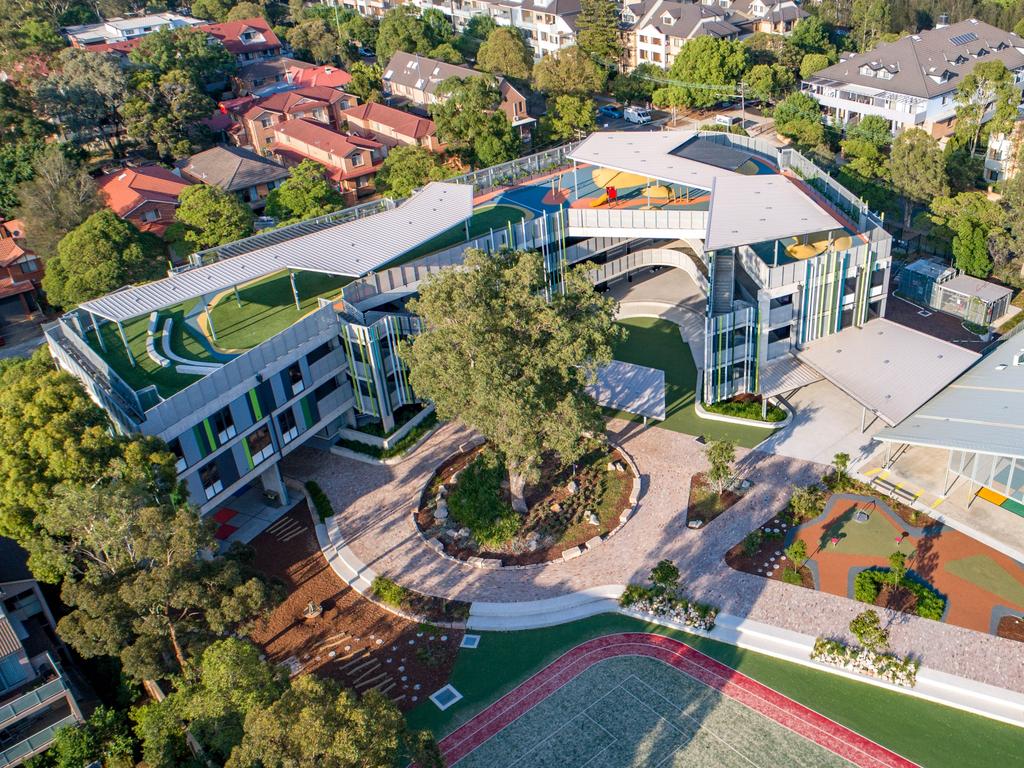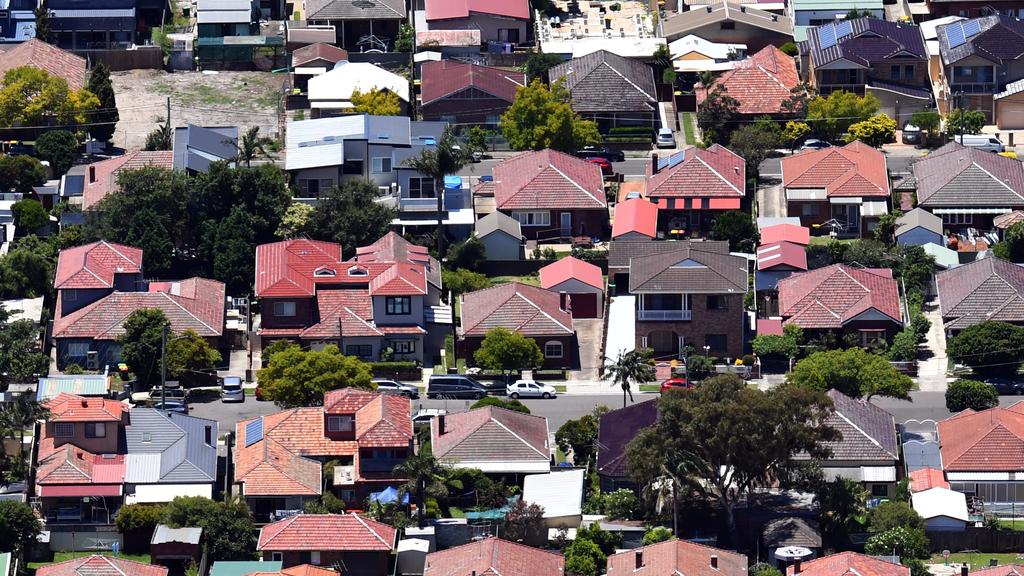
House prices have jumped more than 400 per cent in many Queensland suburbs in the past 20 years. Image: AAP/Sam Mooy.
HOMEOWNERS who bought a house in the “right” suburb at the turn of the millennium have pocketed hundreds of thousands of dollars profit thanks to soaring price growth.
House prices have surged by more than a staggering 400 per cent in at least 20 Brisbane suburbs and four regional areas over the past two decades, with urban renewal and a shift in lifestyle preferences fuelling the surge — possibly the largest growth spurt in history.
Research by Realestate.com.au reveals the biggest price movers in the state over the past 20 years were predominantly inner and middle ring Brisbane suburbs and coastal suburbs, with the Sunshine Coast making up half of the entire top 20.
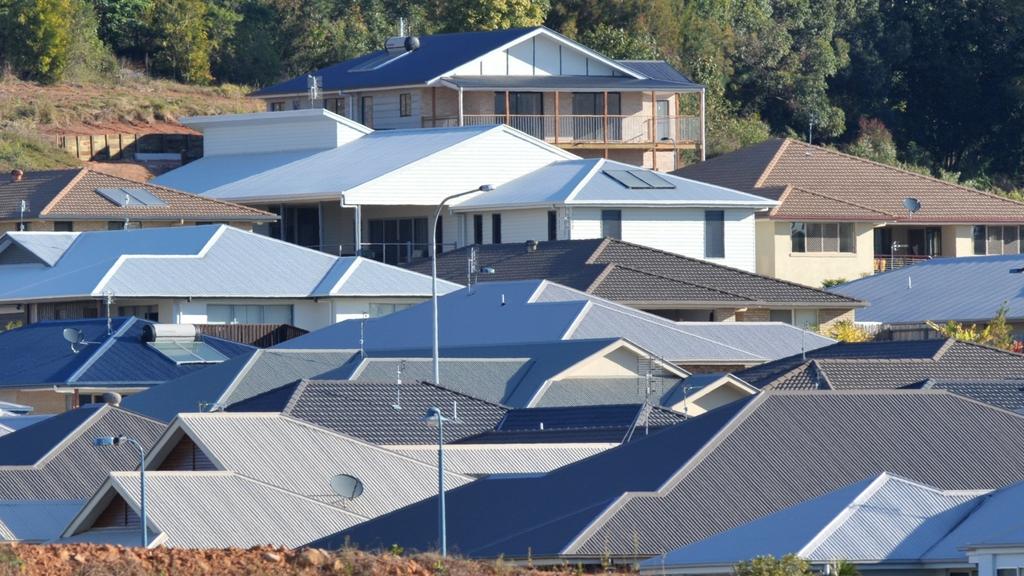
House prices have surged by more than 400 per cent in some Queensland suburbs since the turn of the millennium. Photo: Brett Wortman.
Windsor, in Brisbane’s inner north, posted the biggest surge in its median house price in the state, increasing from $183,000 in the year 2000 to a whopping $1.08 million in June this year.
Realestate.com.au chief economist Nerida Conisbee said the top-ranked price growth suburbs had a lot in common.
Ms Conisbee said suburbs that had undergone urban renewal or become substantially more desirable because of a shift in buyer preferences had recorded the strongest price growth.
“Twenty years ago, it wasn’t as popular to live so close to the beach,” Ms Conisbee said.
“People also wanted bigger homes on big blocks and wanted to live further out, but there’s been a real shift towards wanting to live close to amenities and to be within walking distance of everything.
“If you have a look at Windsor, that suburb has become overwhelmingly popular.”

REA Group chief economist Nerida Conisbee.
Ms Conisbee said the gentrification of certain suburbs had also created a ripple effect, which had pushed up prices in neighbouring suburbs.
“A lot of old people have moved out of these suburbs in the past 20 years and a lot of younger people have moved in,” she said.
“Because young people tend to renovate and demand better services, that gives a lot of areas renewed energy, which tends to lead to some big changes in prices.”
Ms Conisbee said the traditional blue-chip suburbs had generally performed well also.
“It’s that flight to quality, broadly,” she said.
“Well maintained homes in well located areas have always done well.”
Ms Conisbee said Queenslander homes had seemed to have increased in appeal over the past 20 years, with many located in the older suburbs closer to the CBD and renovating becoming more popular.
Cohen Handler Queensland managing director and buyer’s agent Jordan Navybox said the heavy character overlays in suburbs such as Windsor, Grange and New Farm had pushed up prices because they had a high number of properties that could not be demolished or redeveloped.
“Couple that with the affordability of these inner-city suburbs compared to the equivalent in Sydney and Melbourne and you can see why they’ve become so popular,” Mr Navybox said.
“What we’re always targeting for investors in Brisbane are suburbs where there is high demand, that are as close to the CBD as possible, low supply and close to amenities.”
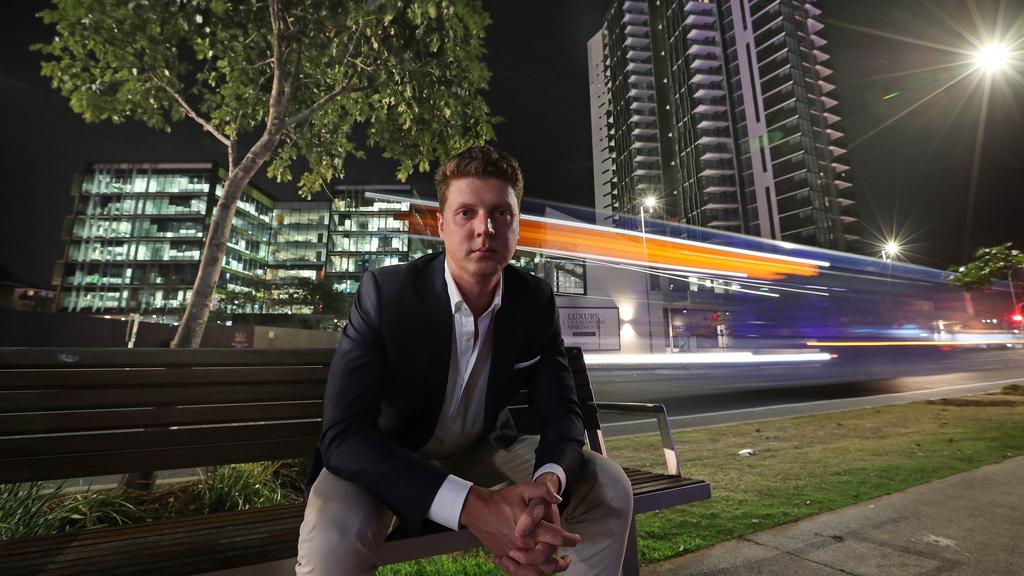
Jordan Navybox, general manager for Queensland at Cohen Handler. Photo: Lyndon Mechielsen.
Newly engaged couple Nick Ruddell and Kirby Hursthouse bought a house in Windsor earlier this year and are hoping house prices will continue to grow at the same rate for the next 20 years.
The couple are in the middle of a major renovation to transform their house into a five-bedroom, three-bathroom home.
Mr Ruddell said he was confident they would not lose money by investing in the property because of the popularity of Windsor as a suburb.
“For us, we always wanted to be on the northside and in a suburb that had a village kind of feel to it,” Mr Ruddell said.
“We looked in Paddington, but it has really narrow streets and nowhere to park, whereas here, you’ve got nice, wide avenues, city views — like our place has got — and it’s really quiet despite only being three to 4km from the city.”

Engaged couple Nick Ruddell, 34, and Kirby Hursthouse, 32, are renovating their house at 23 Sixth Ave, Windsor. Windsor has recorded the highest house price growth of any Queensland suburb in the past two decades. Photographer: Liam Kidston.
Ray White Wilston owner Alistair Macmillan said part of the reason house prices in Windsor were so much lower two decades ago was because one side of the suburb was considered less desirable than the other.
“Traditionally, there has been a large discrepancy in prices between both sides of Lutwyche Road, with prices traditionally better on the western side,” Mr Macmillan said.
“Some parts of the suburb on the eastern side are low lying areas and don’t capitalise on elevation like the other side, but what we have seen is where those prices were dragging for a long time, those areas have been undervalued and in the last 10 to 15 years, people are really starting to appreciate … that it’s still only 3.5km to the city, there have been huge investments into Albion Village and huge investments about to be made into Albion train station. So, it’s no longer seen as the poor cousin to the nice side.”
On the other side of town, the median house price in Cannon Hill has grown 421 per cent over the past two decades, according to Realestate.com.au.
Aaron and Yavanna Grogan are selling their house in the suburb after renovating for the past two years.
Mr Grogan said they bought in Cannon Hill specifically because they were confident they could flip the home for a profit.
“There’s a significant amount of new development in the area, which obviously pushes the prices up, and I actually really like the character of post-war homes and there are still quite a lot within the Cannon Hill area,” Mr Grogan said.
The couple bought a 1960s post-war home and have turned it into a six-bedroom, three-bathroom, contemporary house, which goes to auction today.
“We plan to hopefully sell this one and move on to something else in the area,” Mr Grogan said.
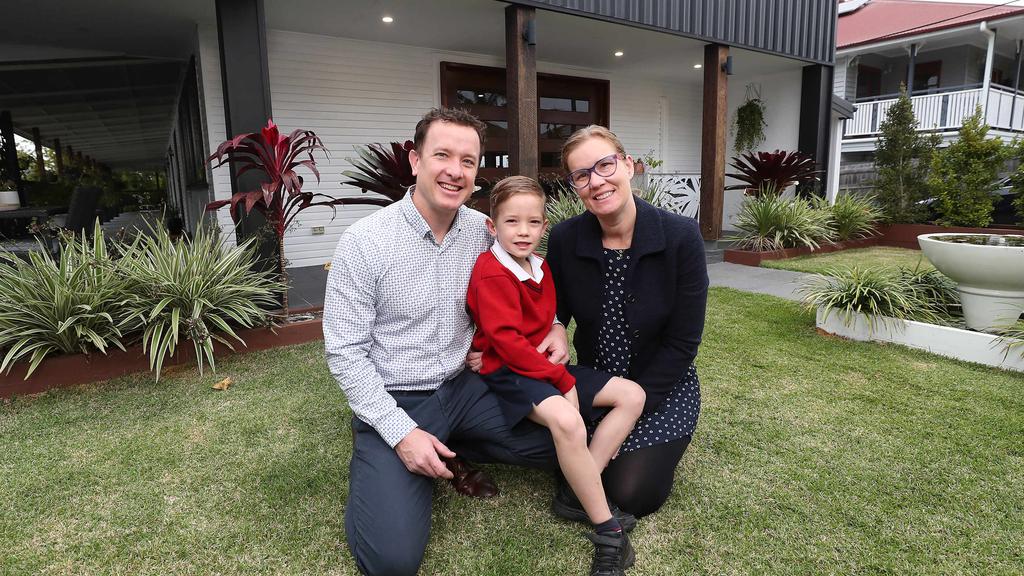
Aaron and Yavanna Grogan and their son Joseph, 6, at the home they are selling in Cannon Hill, which has seen house price growth of 421 per cent in the past 20 years. Picture: Peter Wallis.
Rachel Fechner of Place Estate Agents Bulimba, who is marketing the property at 56 Delsie Street, said Cannon Hill had changed significantly since she lived there 14 years ago.
“When I came from Melbourne in 2006, there was nothing here,” Ms Fechner said.
“A lot of the older generation have since sold and more families have moved in and development in the area has been quite significant.
“That’s definitely helped, and I also think people who previously weren’t able to afford Hawthorne, Bulimba and Norman Park moved here because it was the next suburb out, yet still within 10km of the CBD.”
Ms Fechner said Cannon Hill was now considered a desirable suburb, was tightly-held and no longer affordable.
“People used to say; ‘Oh God, why would you want to live in Cannon Hill?’” she said.
“Now, I think people have come to the realisation that Cannon Hill is a desirable area for families, with lots of facilities.”
TOP BRISBANE SUBURBS FOR HOUSE PRICE GROWTH OVER 20 YEAR
S
Suburb Median house price June 2000 Median house price June 2020 Growth
Windsor $183,000 $1,082,500 492%
Bulimba $240,000 $1,395,000 481%
Coorparoo $185,000 $1,050,000 468%
Grange $206,000 $1,160,000 463%
Sandgate $140,000 $782,500 459%
Salisbury $115,000 $625,000 443%
New Farm $295,000 $1,600,000 442%
Rocklea $76,500 $408,000 433%
Hawthorne $265,000 $1,410,000 432%
Deagon $91,000 $480,000 427%
Kedron $144,500 $760,000 426%
Murarrie $123,750 $645,500 422%
Cannon Hill $140,122 $730,000 421%
Morningside $165,000 $845,000 412%
Stafford $124,000 $633,000 410%
Nudgee $126,500 $645,000 410%
Hendra $223,480 $1,131,000 406%
Underwood $114,000 $575,000 404%
Chermside $116,000 $585,000 404%
Inala $69,500 $350,000 404%
(Source: Realestate.com.au)
TOP REGIONAL QLD SUBURBS FOR HOUSE PRICE GROWTH OVER 20 YEARS
Suburb Median house price June 2000 Median house price June 2020 Growth
Palm Beach $167,750 $900,000 437%
Warana $140,000 $740,000 429%
Buddina $170,000 $855,000 403%
Miami $165,000 $828,500 402%
Noosa Heads $231,500 $1,142,500 394%
Burleigh Heads $186,000 $910,000 389%
Sunshine Beach $315,000 $1,540,000 389%
Sunrise Beach $183,000 $890,000 386%
Noosaville $205,000 $995,000 385%
Mooloolaba $189,000 $905,000 379%
Minyama $250,000 $1,187,500 375%
East Toowoomba $119,000 $565,000 375%
Tugun $161,400 $760,000 371%
Yaroomba $165,000 $775,000 370%
Broadbeach Waters $260,000 $1,217,500 368%
Wurtulla $140,000 $649,400 364%
Doonan $197,500 $915,000 363%
Worongary $163,500 $752,500 360%
Golden Beach $138,000 $635,000 360%
Jacobs Well $121,500 $556,000 358%
(Source: Realestate.com.au)
The post Made a motza: The suburbs where house prices have jumped an amazing 400pc in 20yrs appeared first on realestate.com.au.
